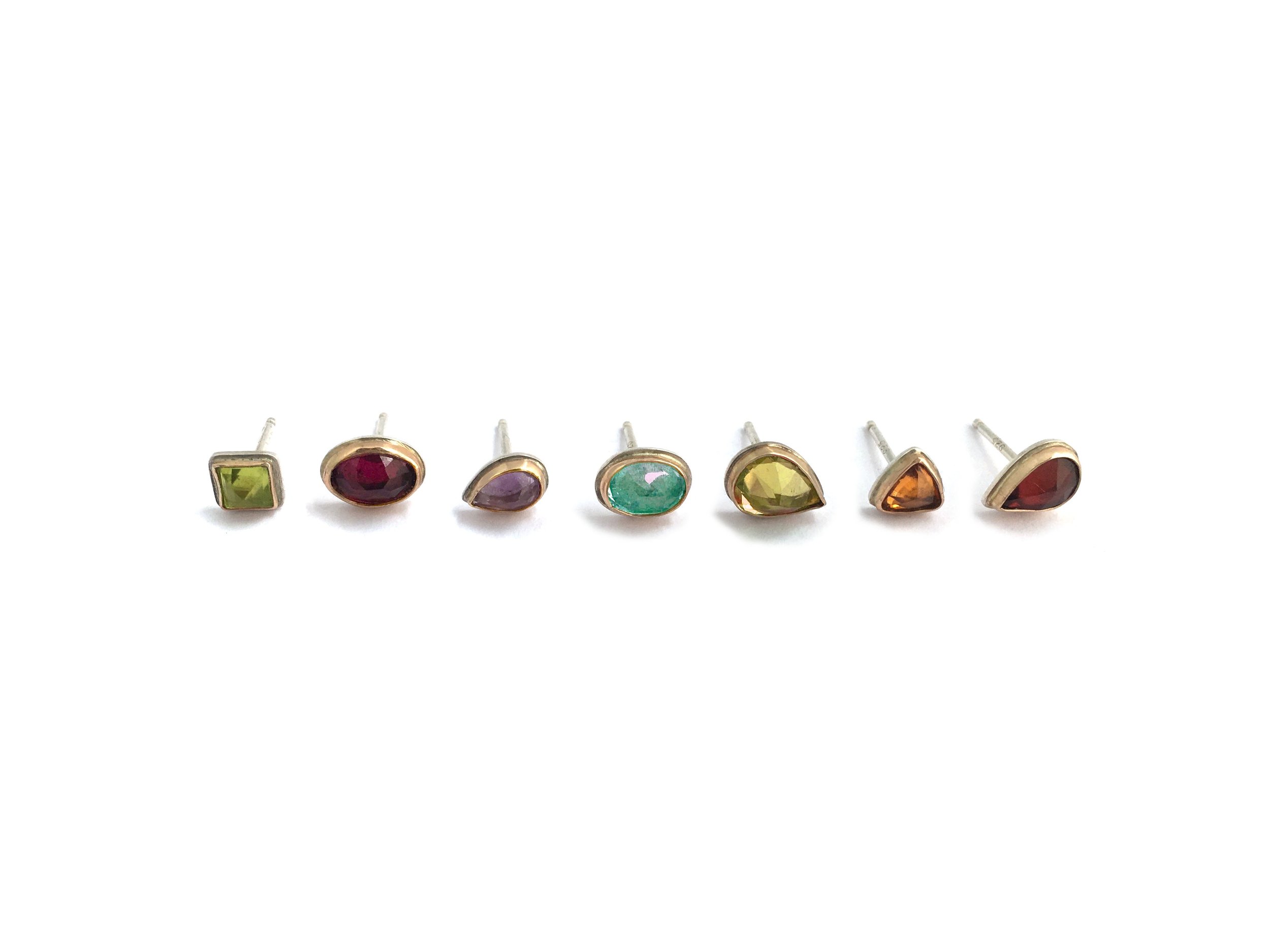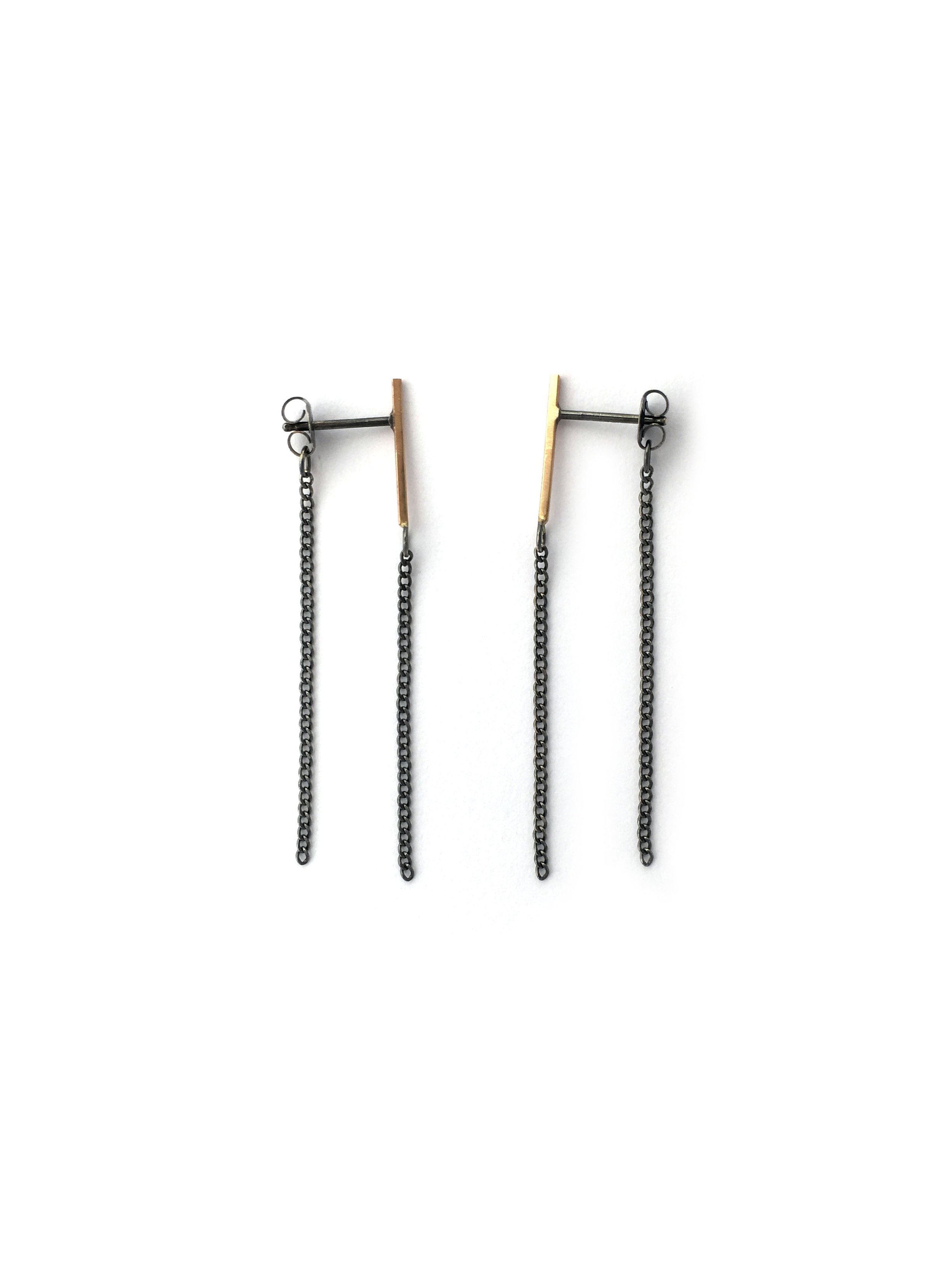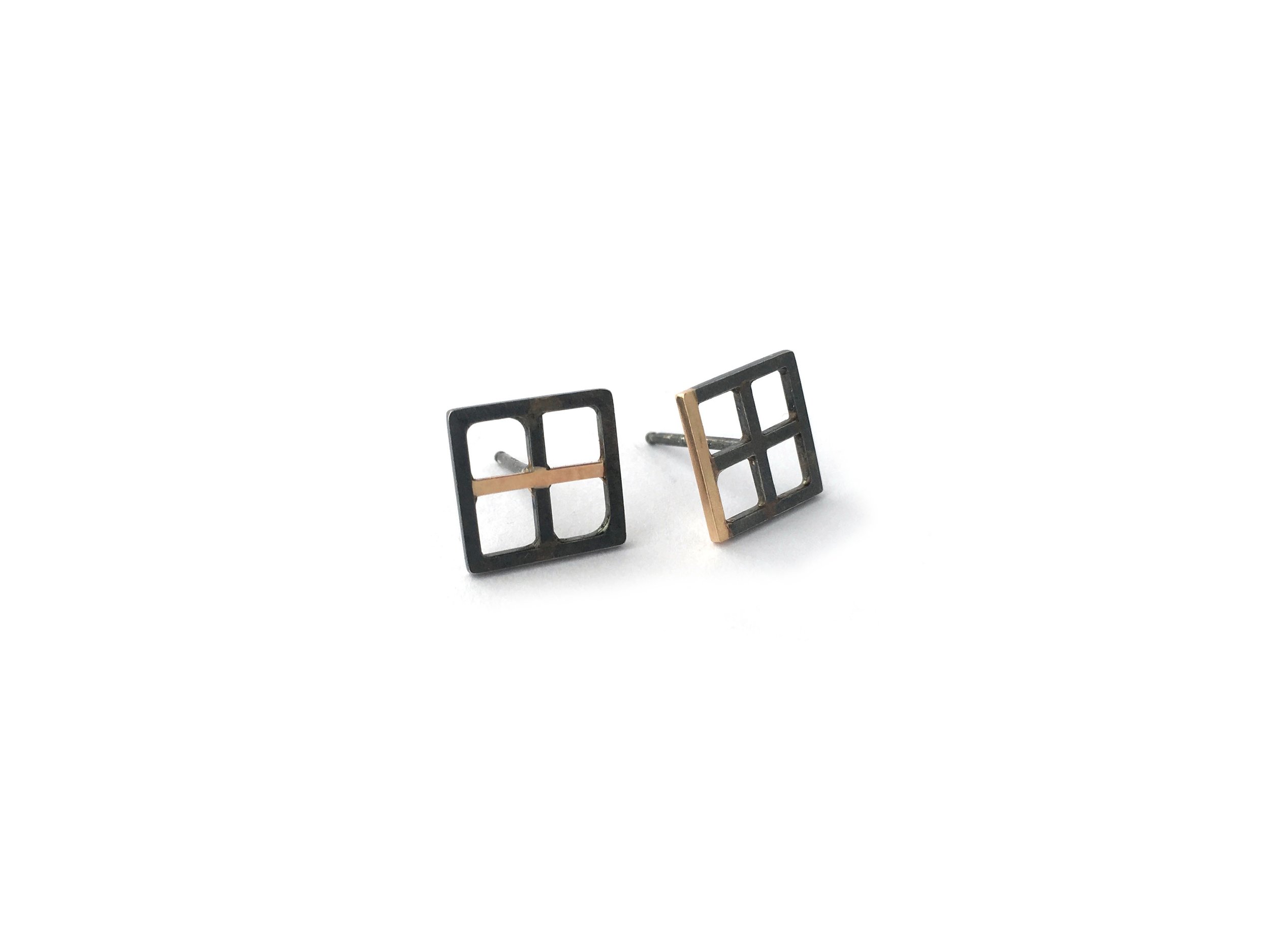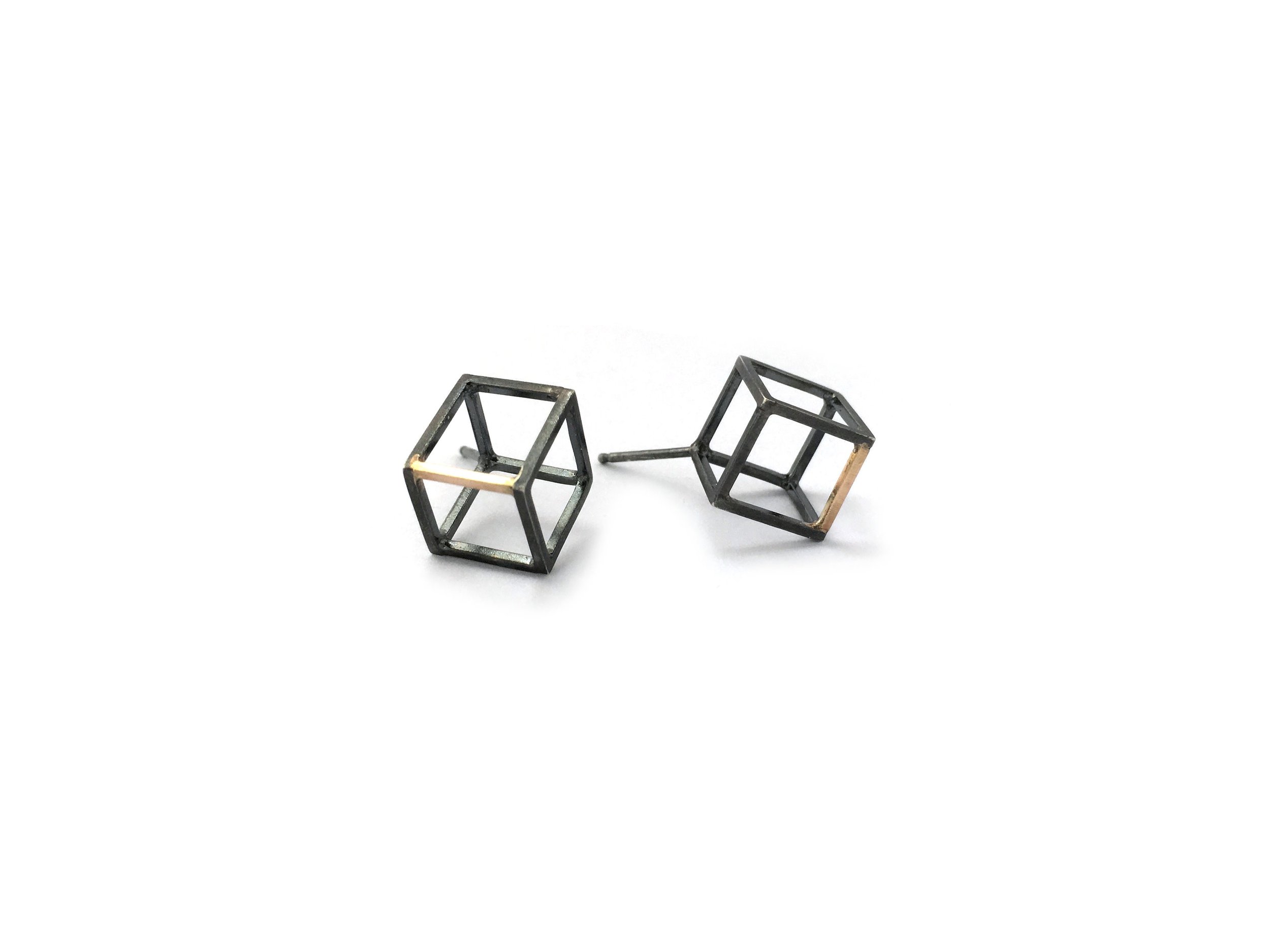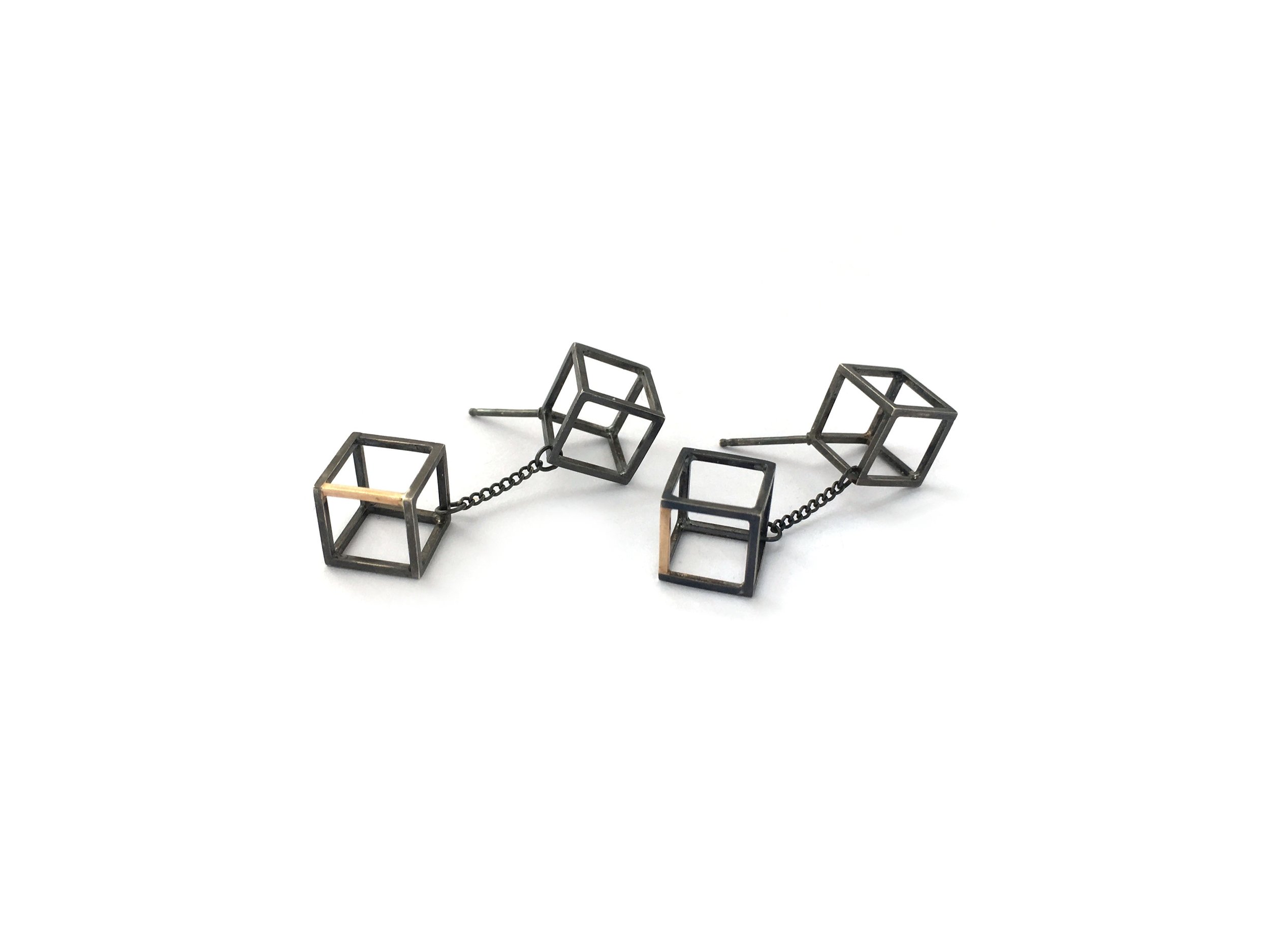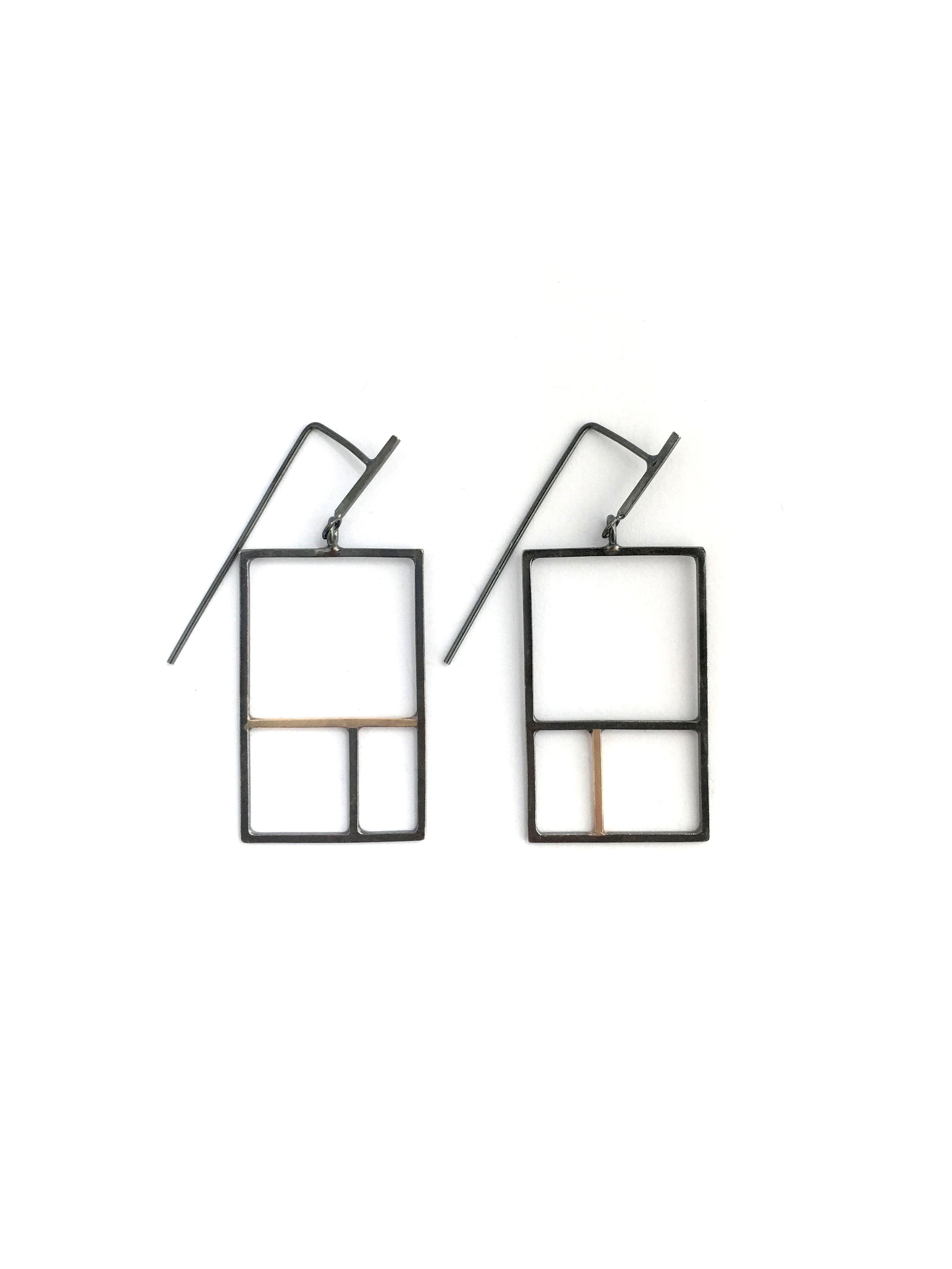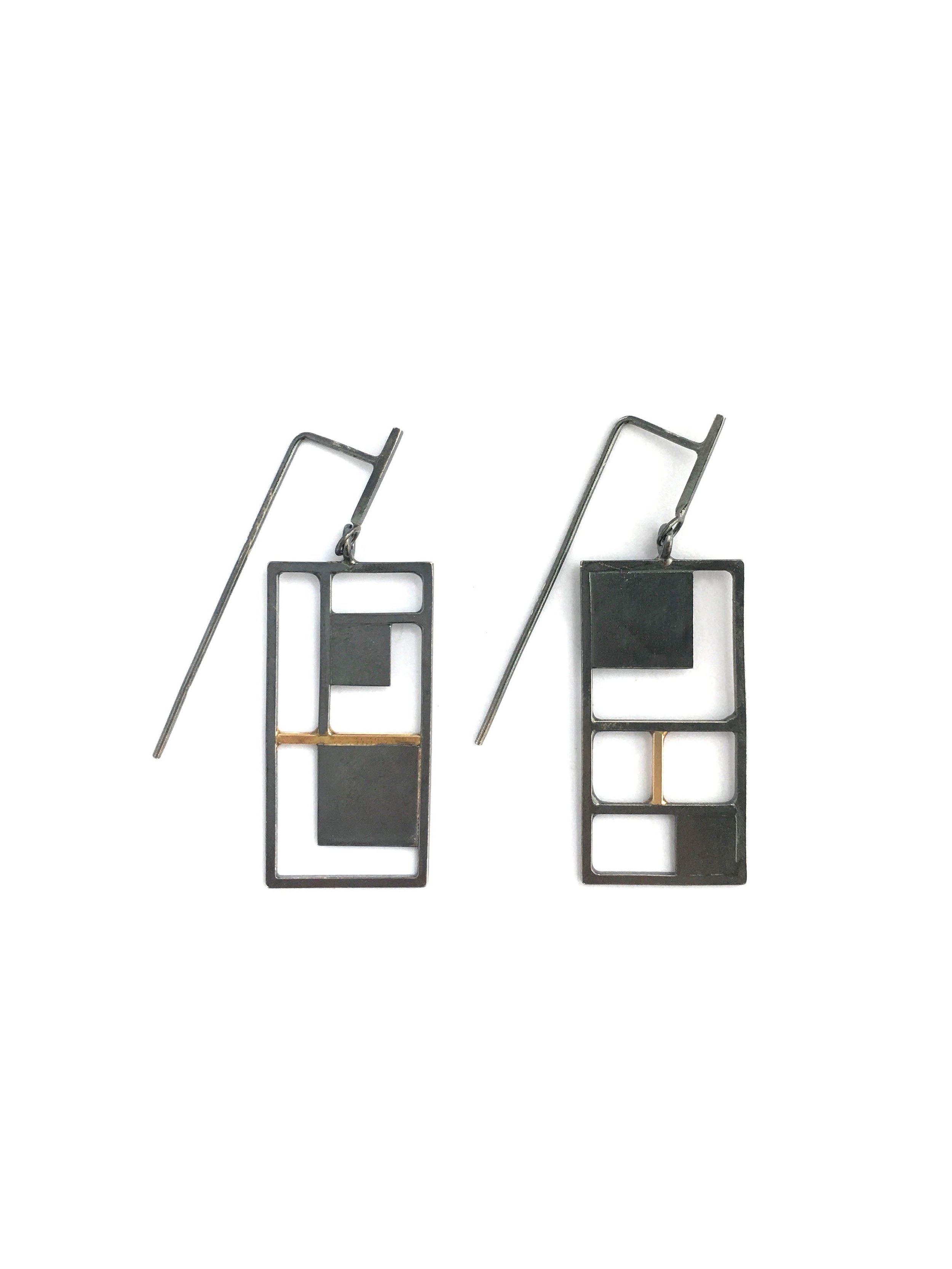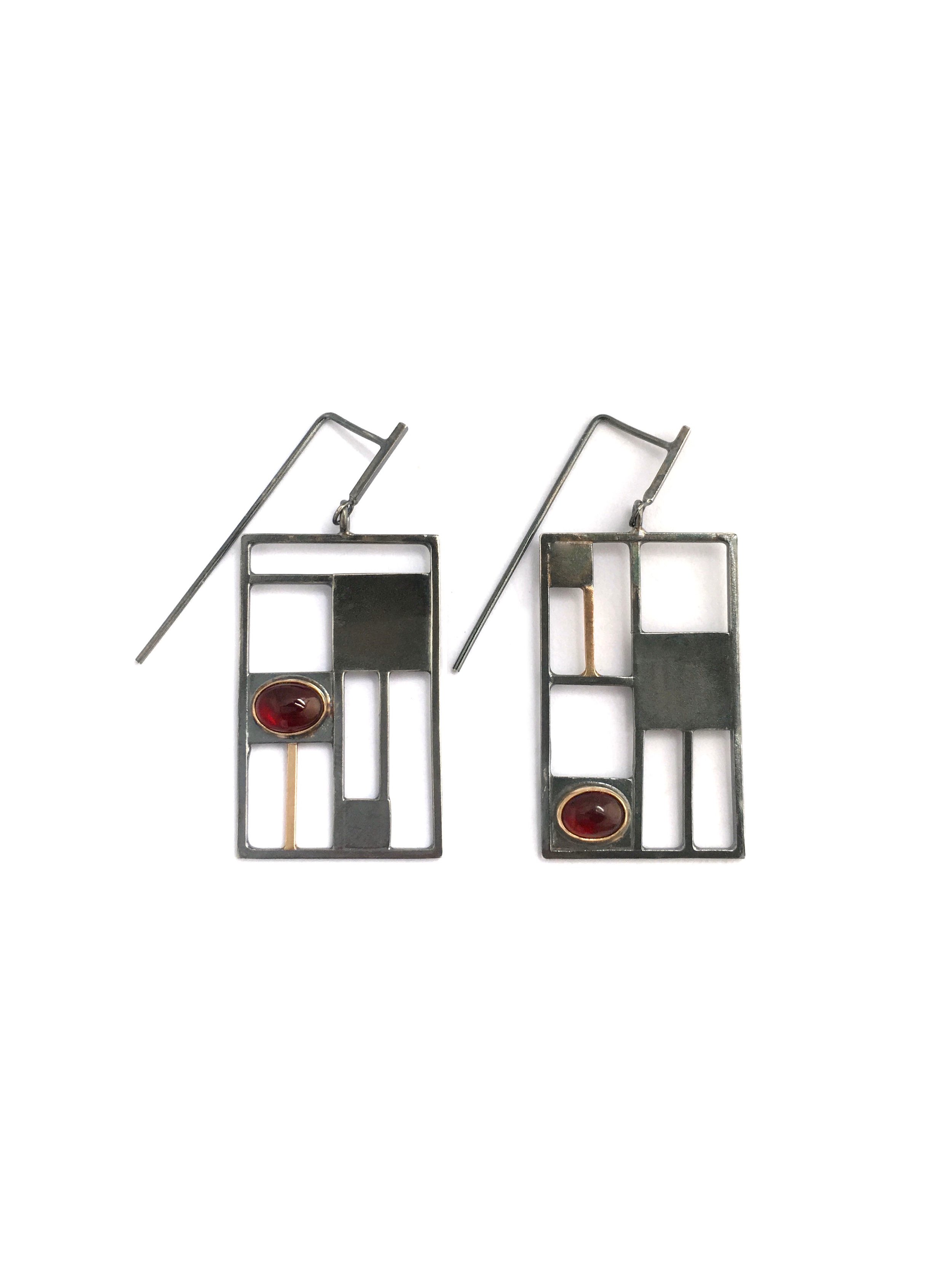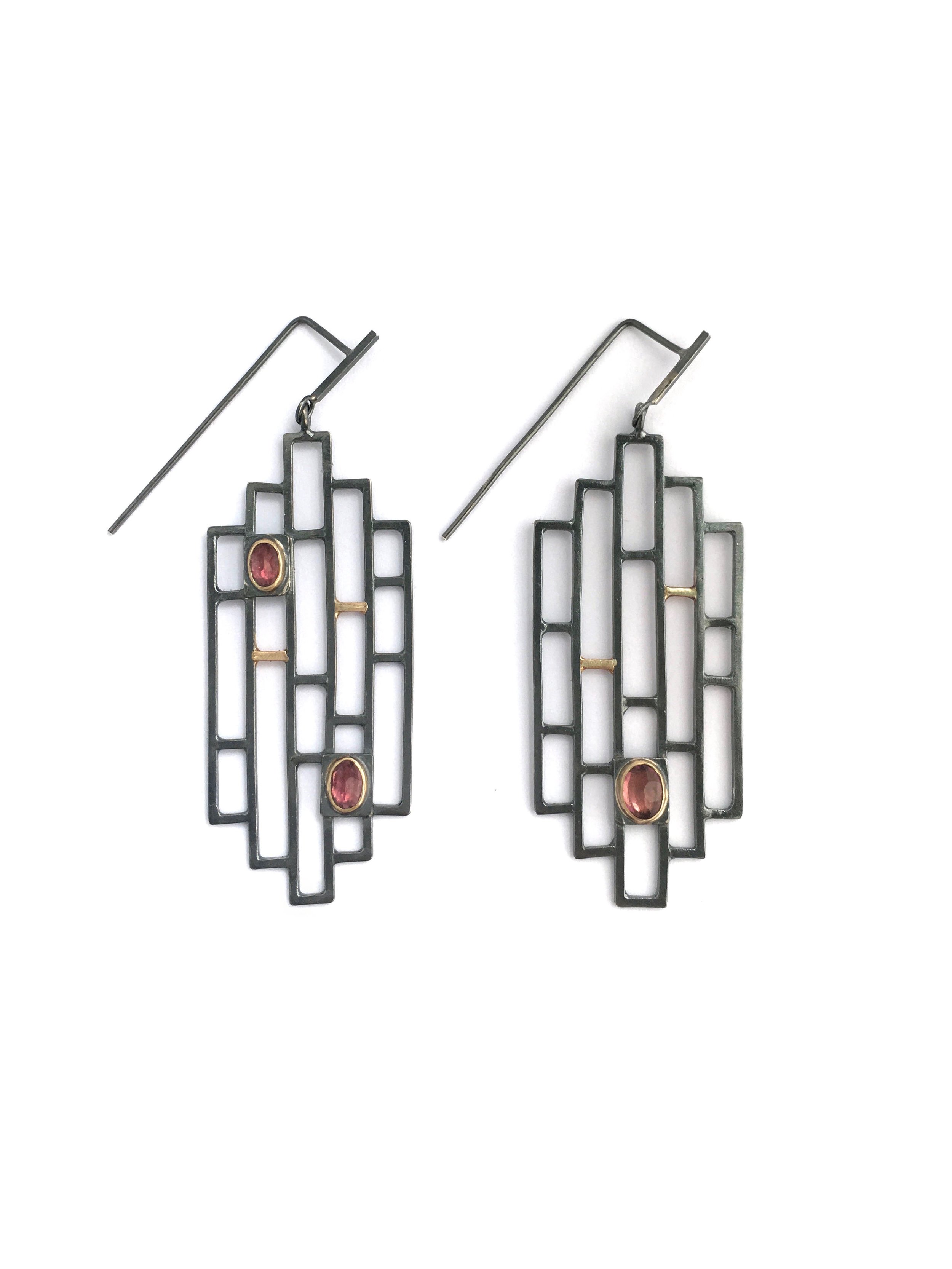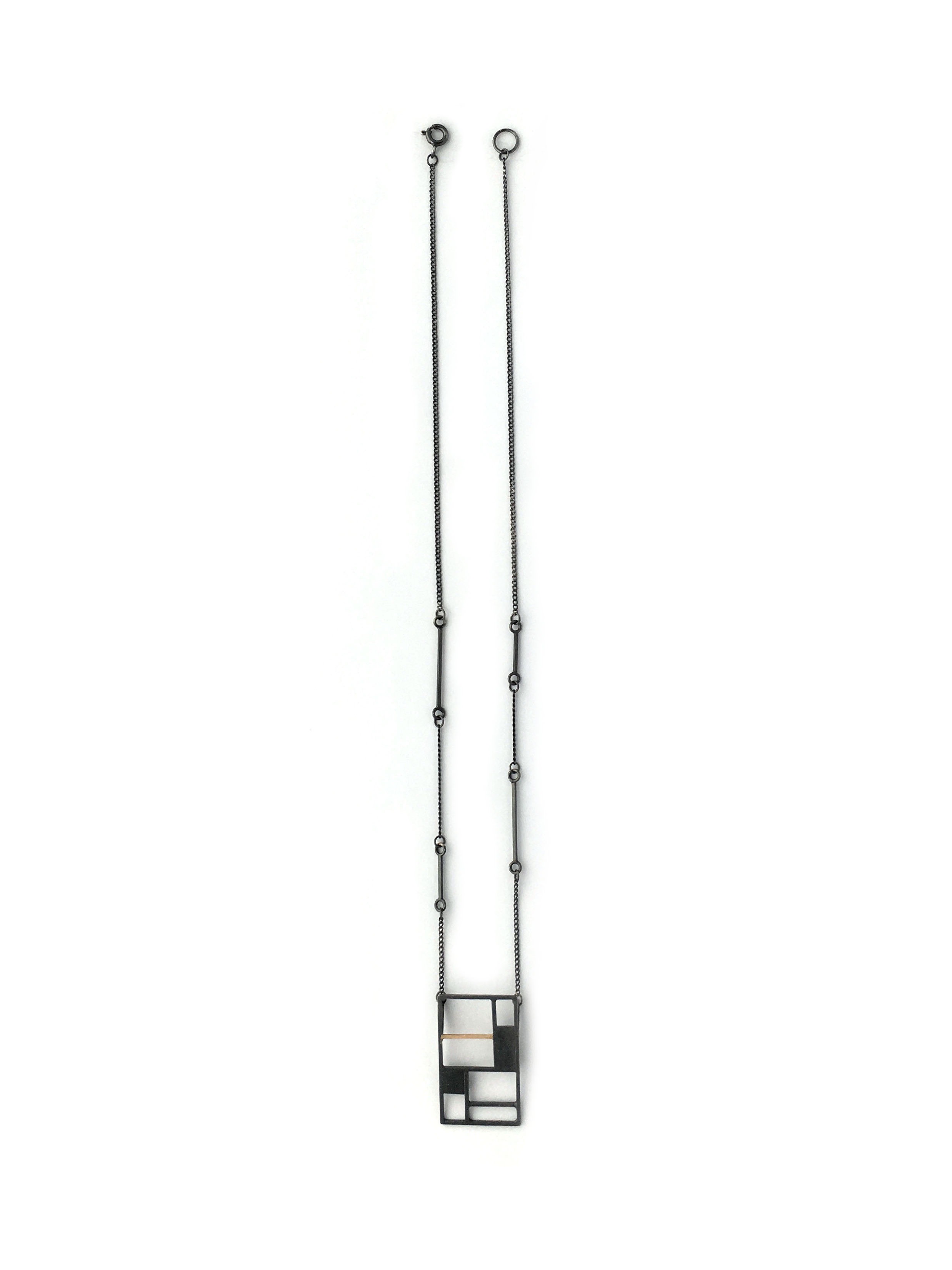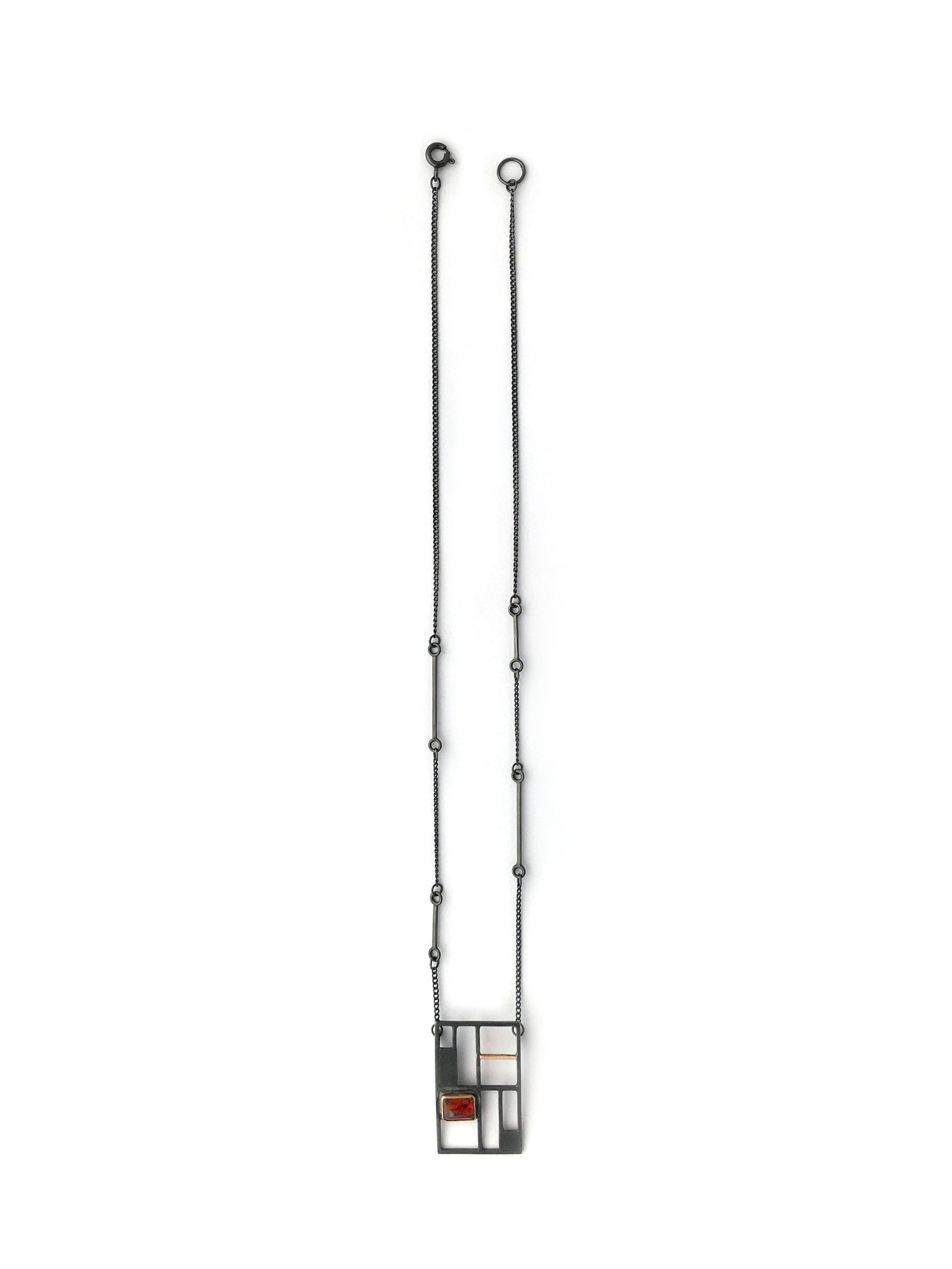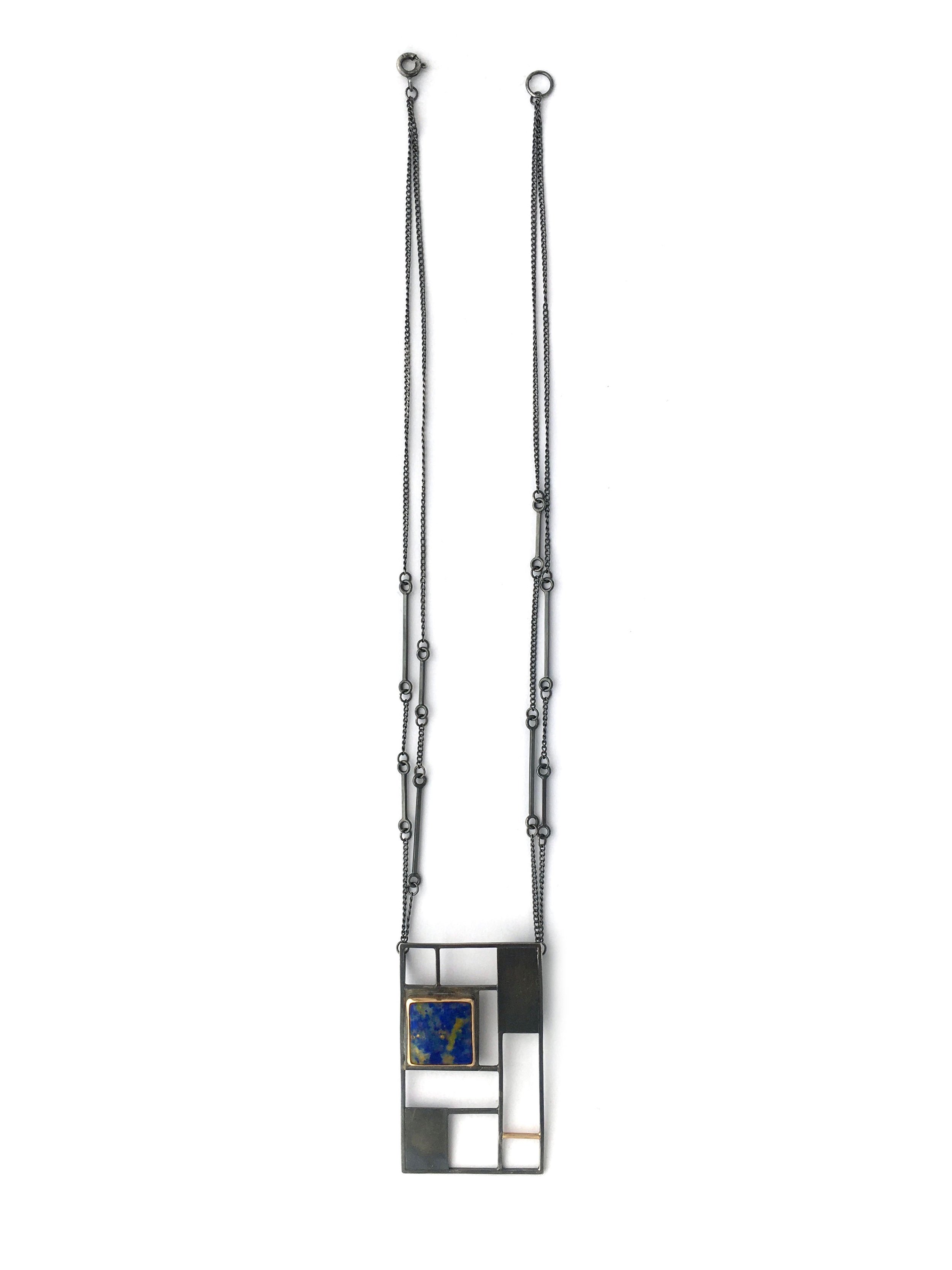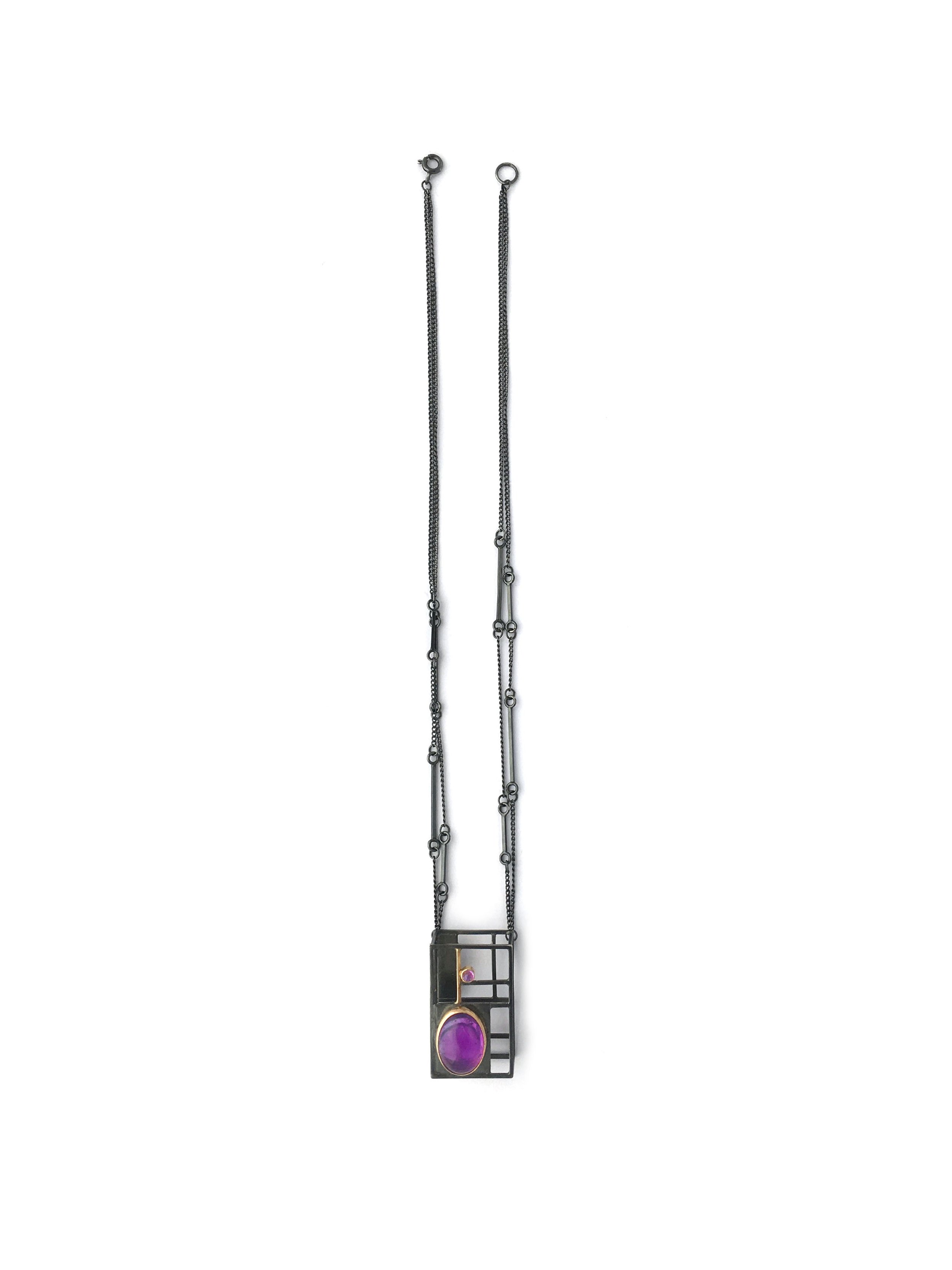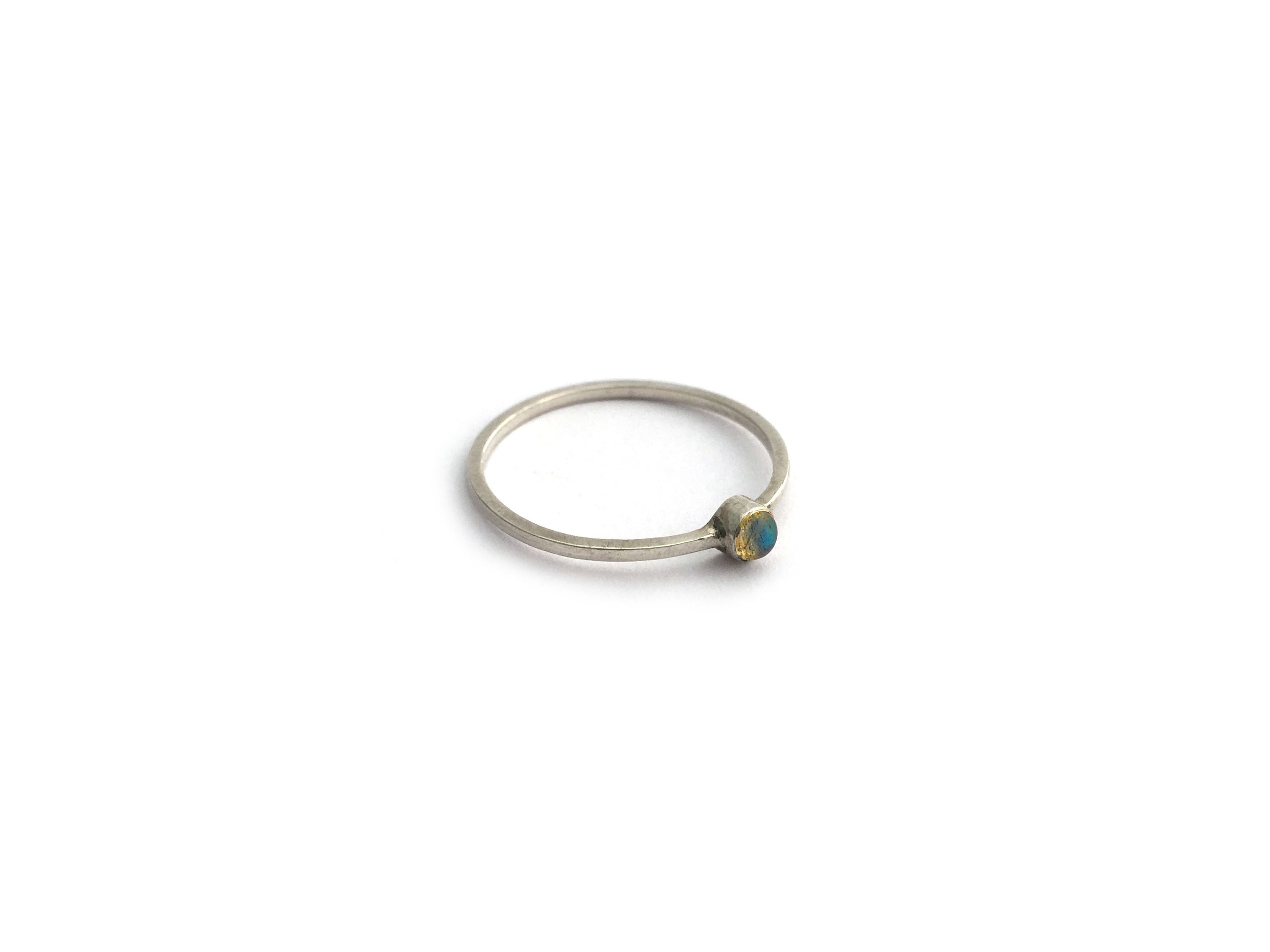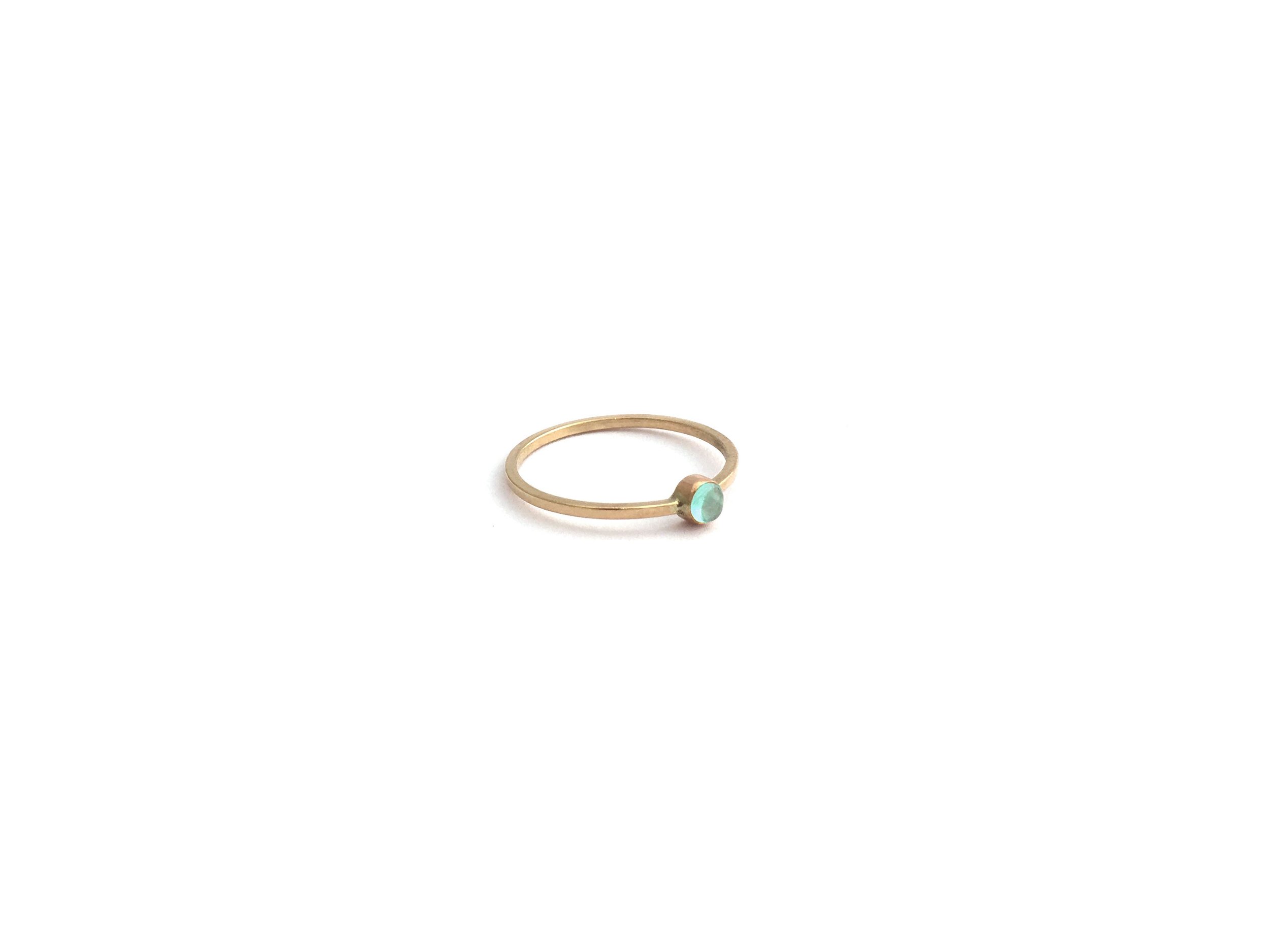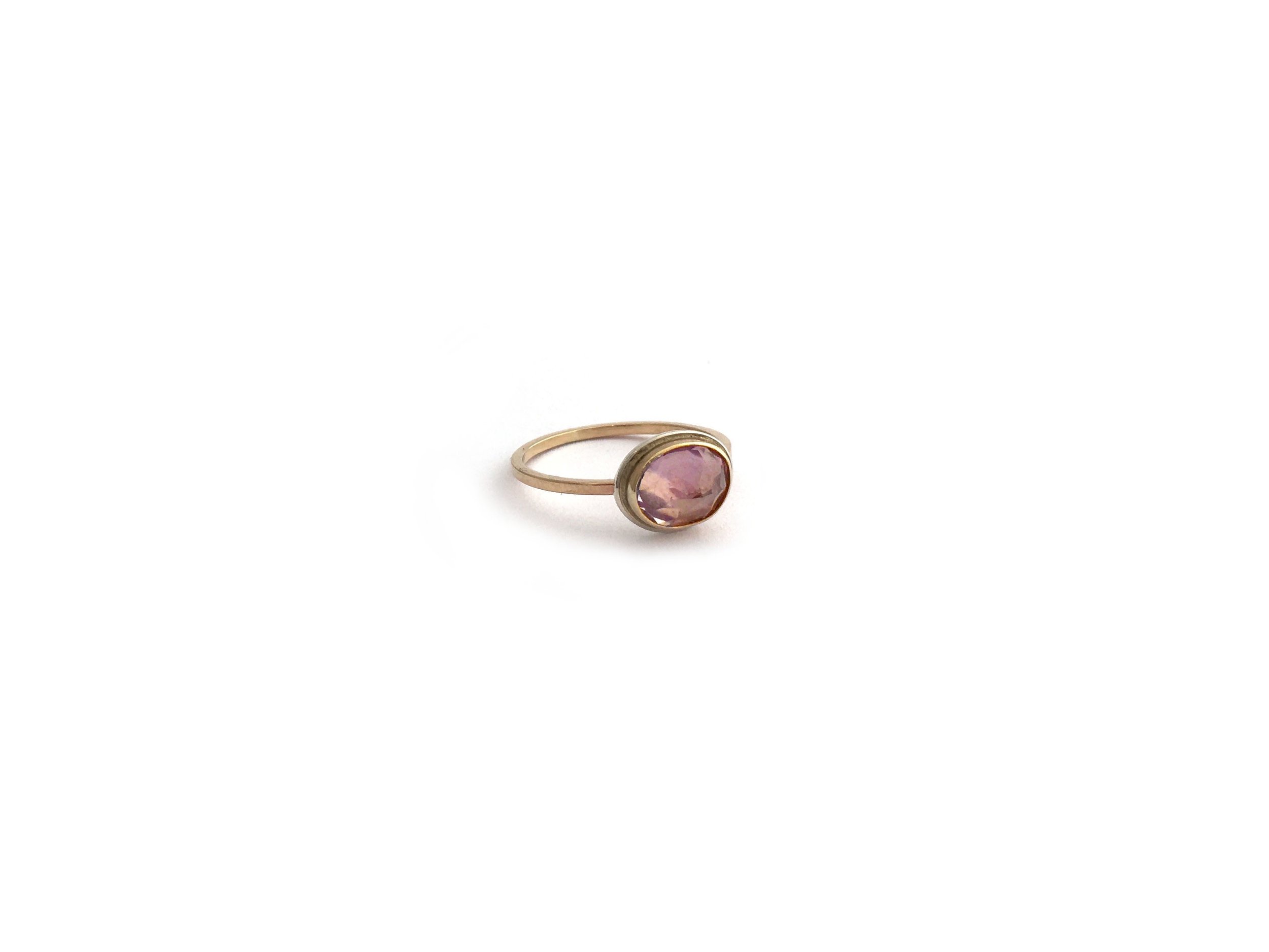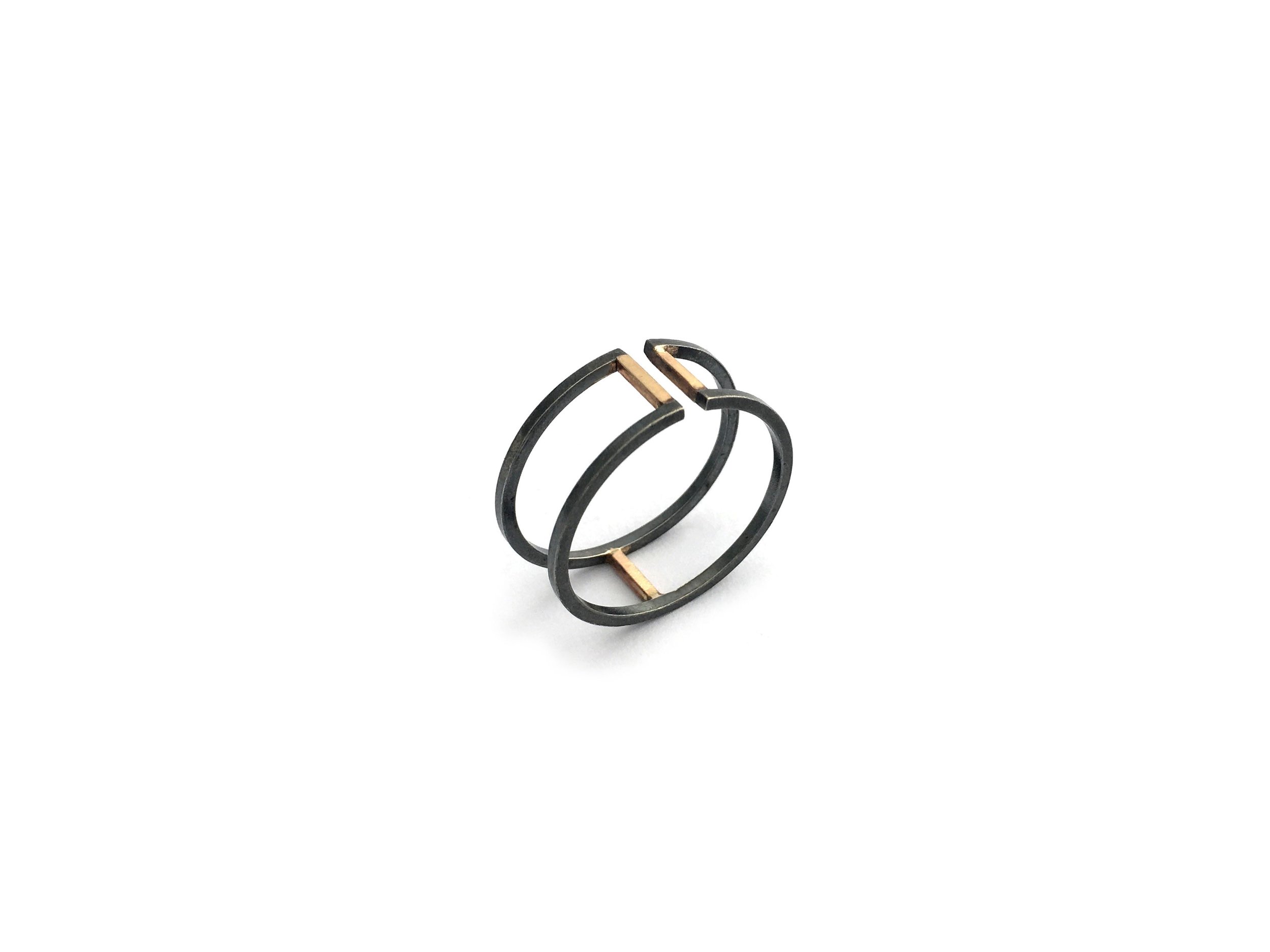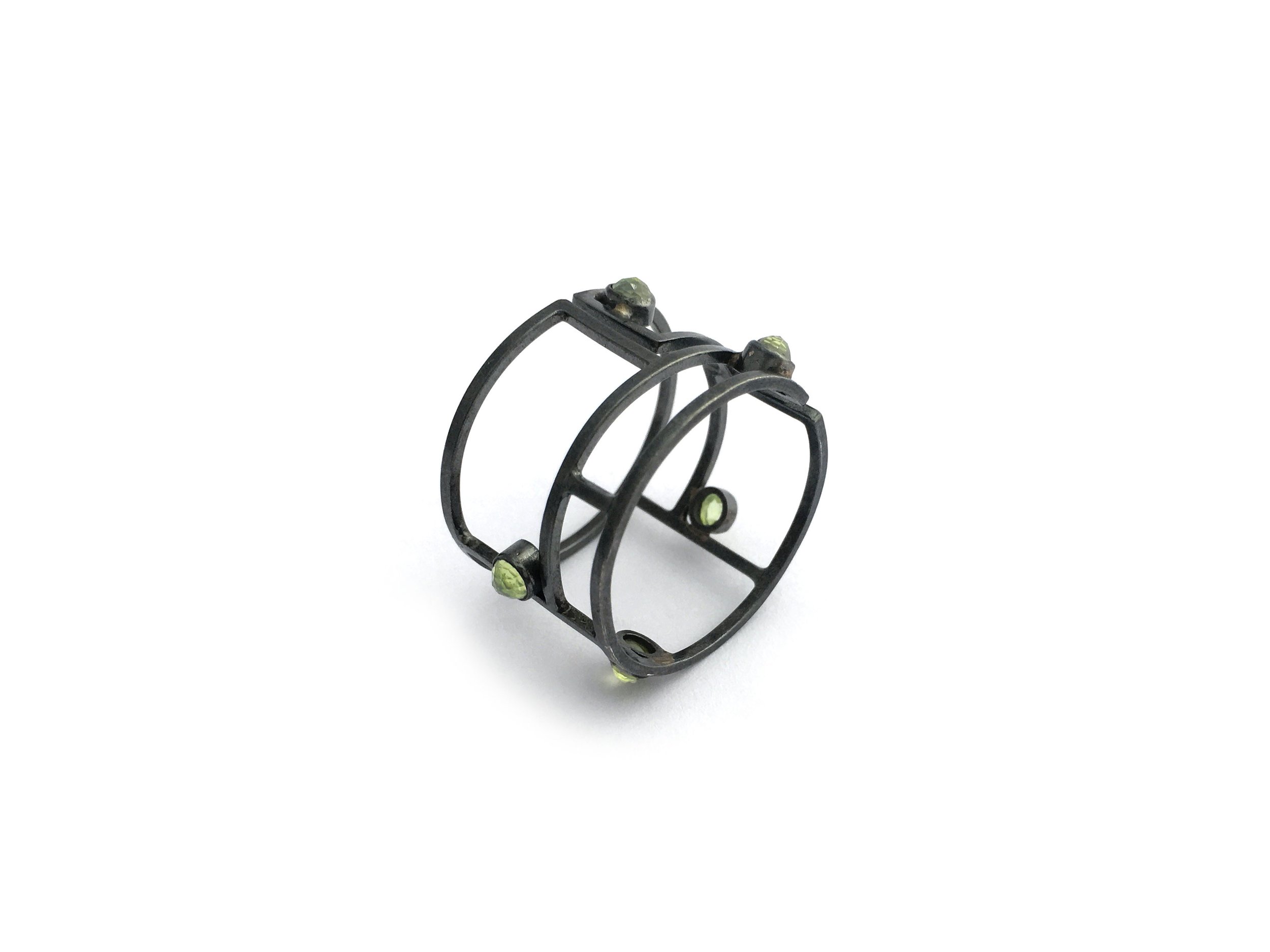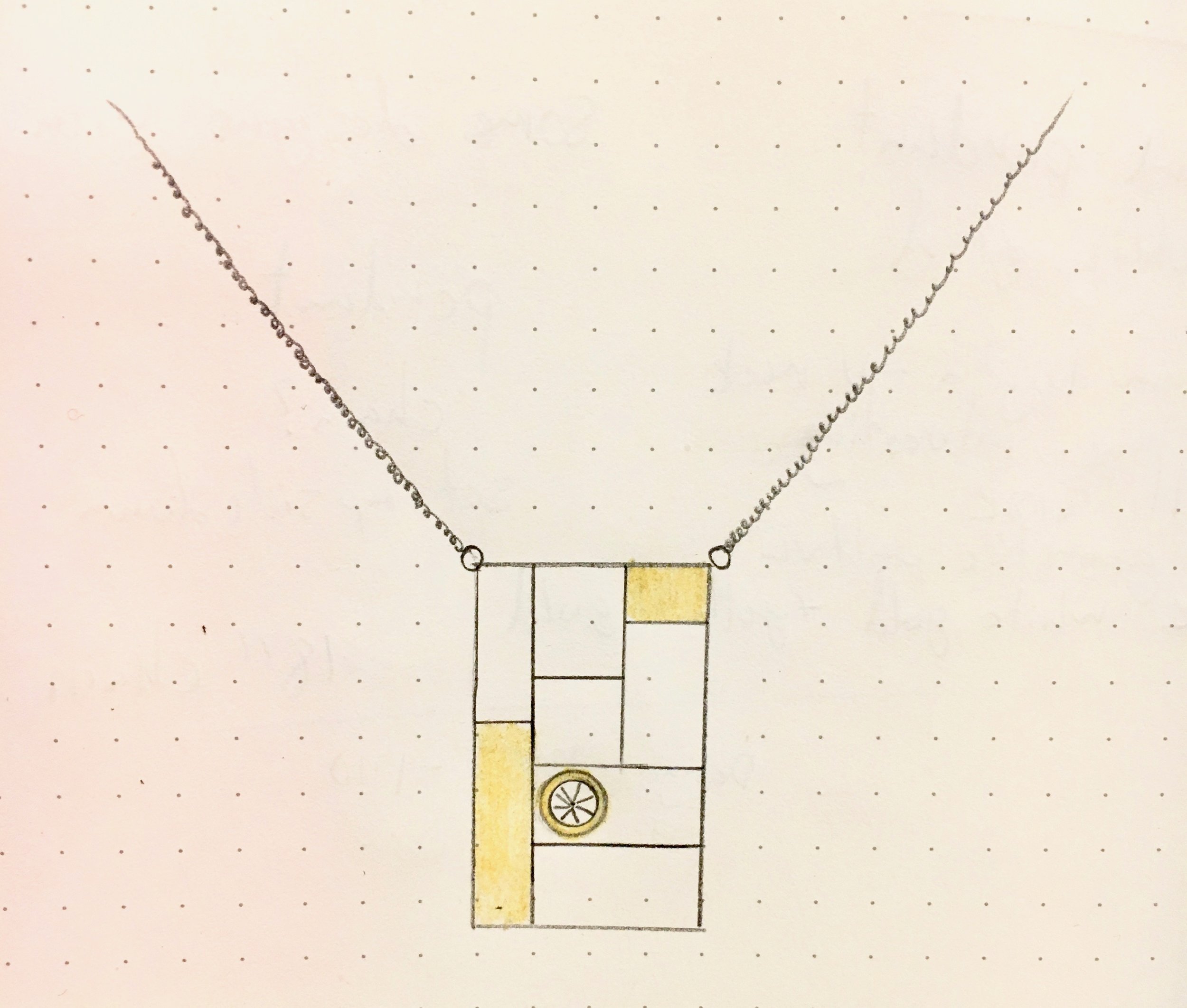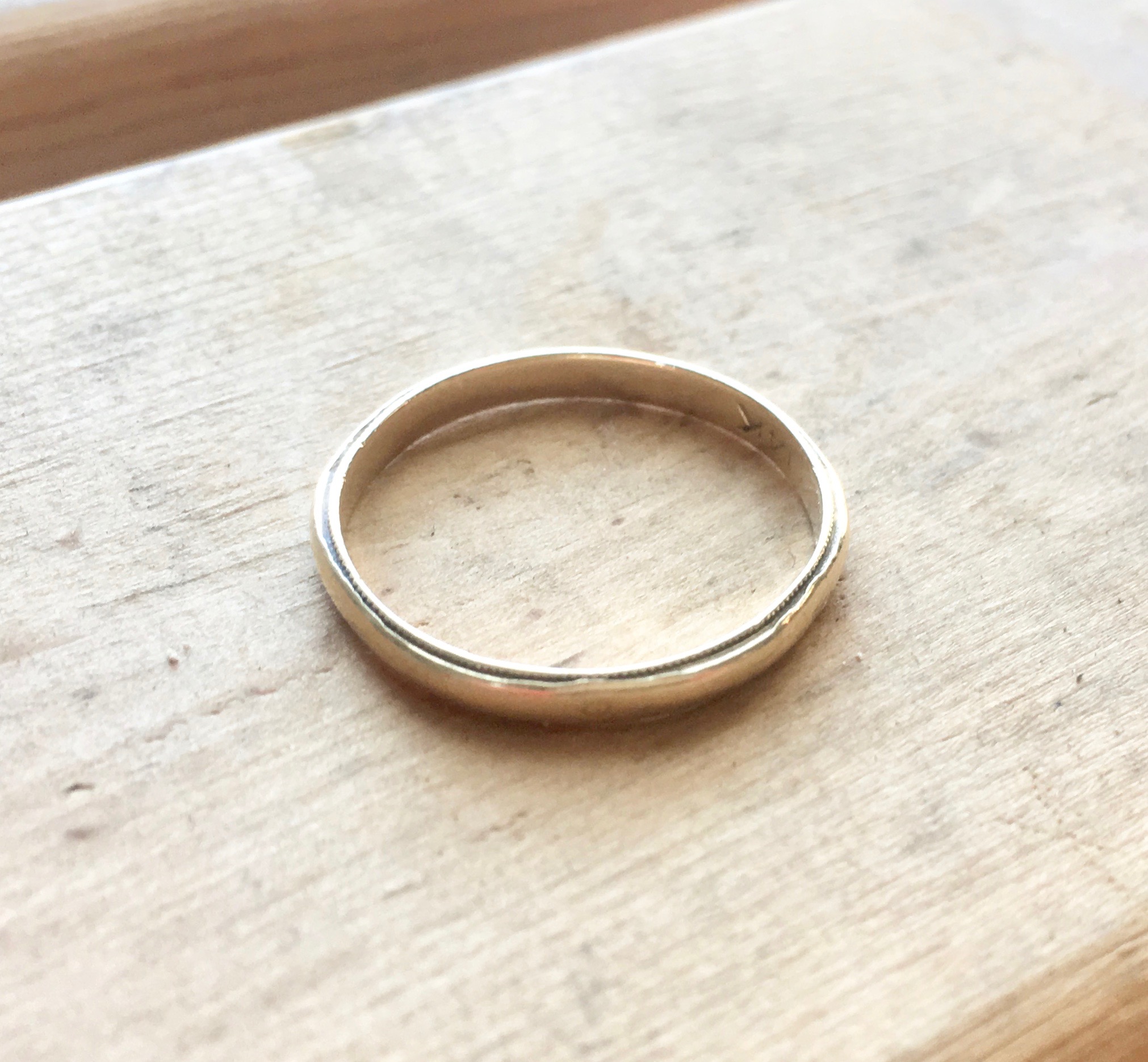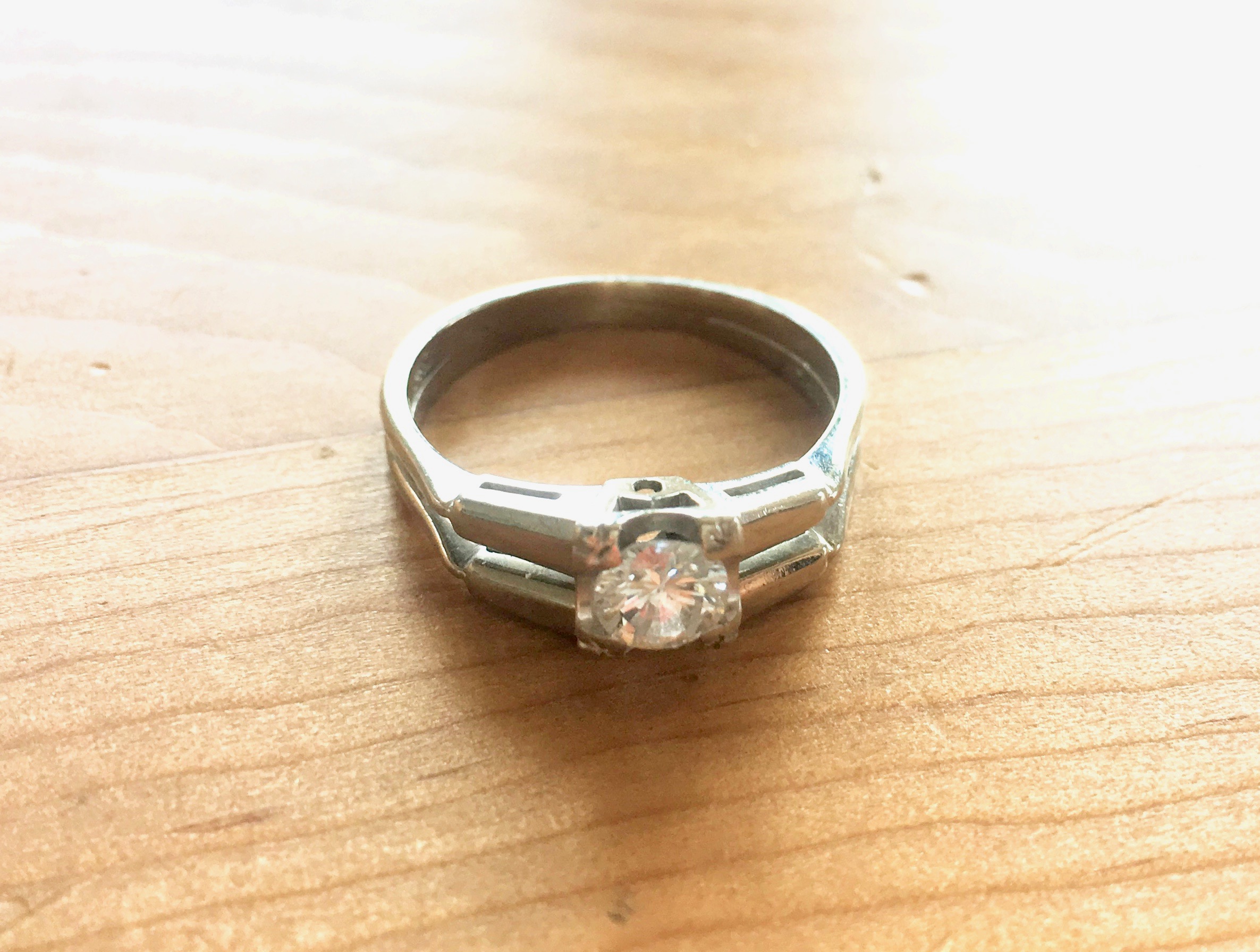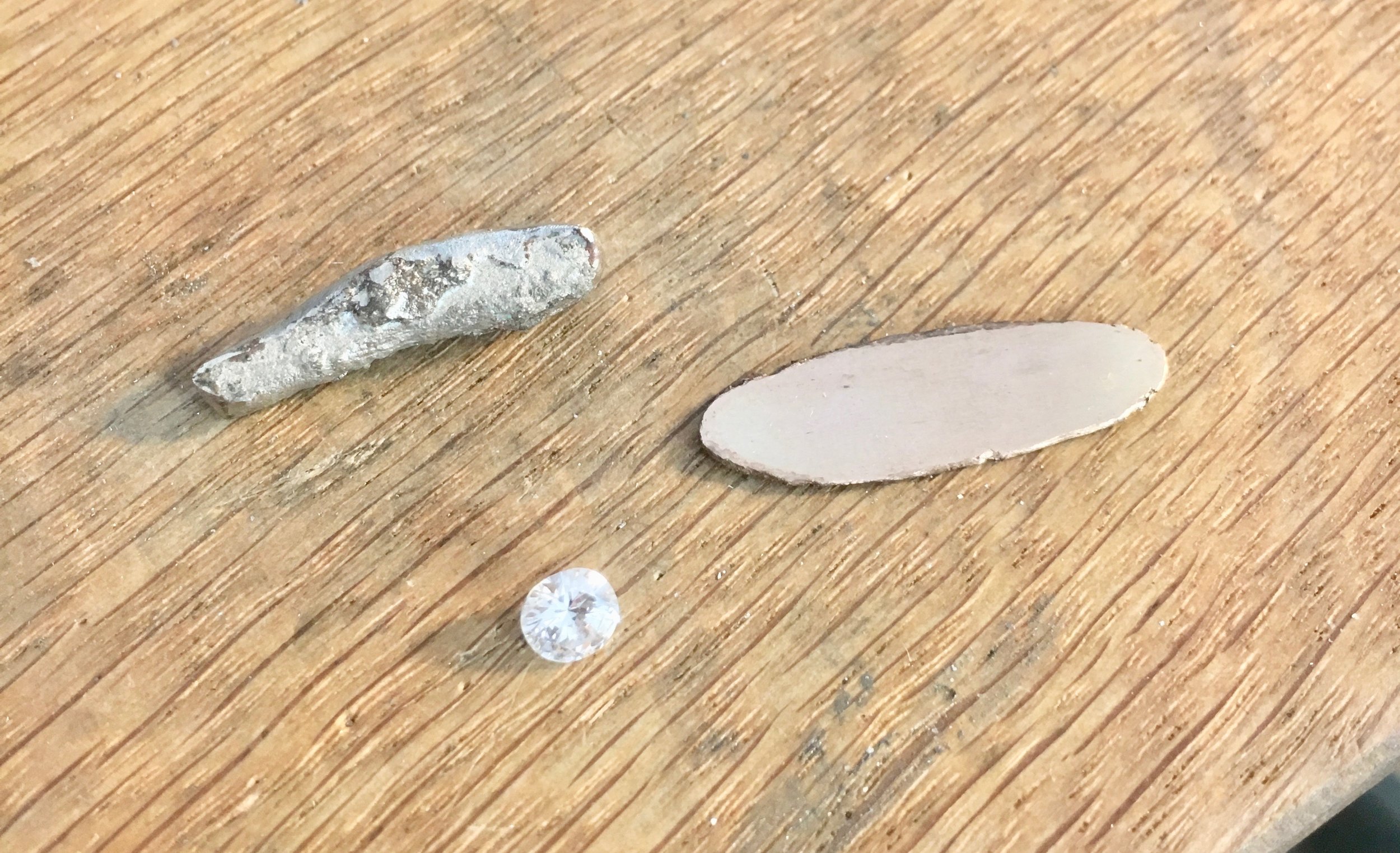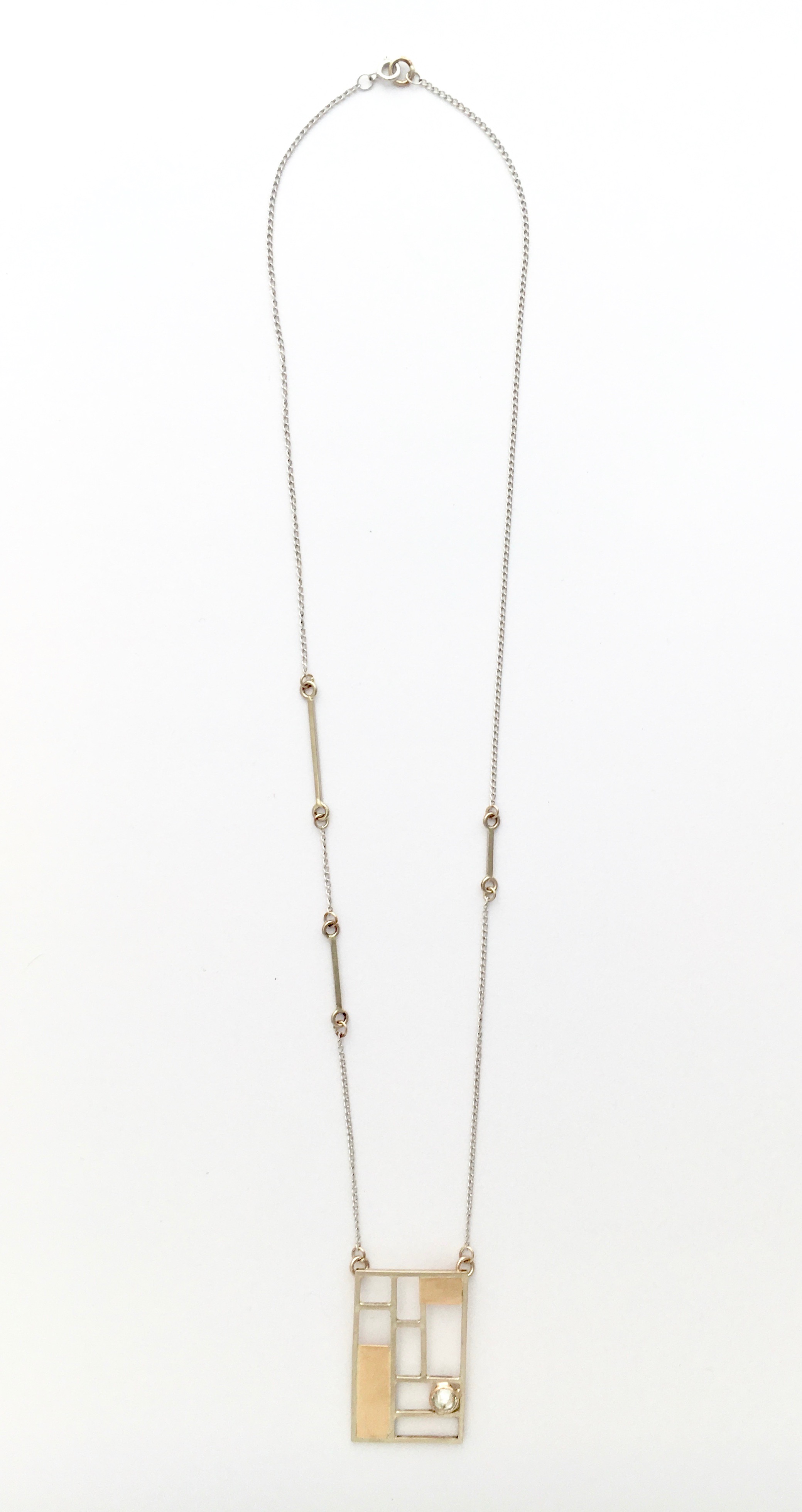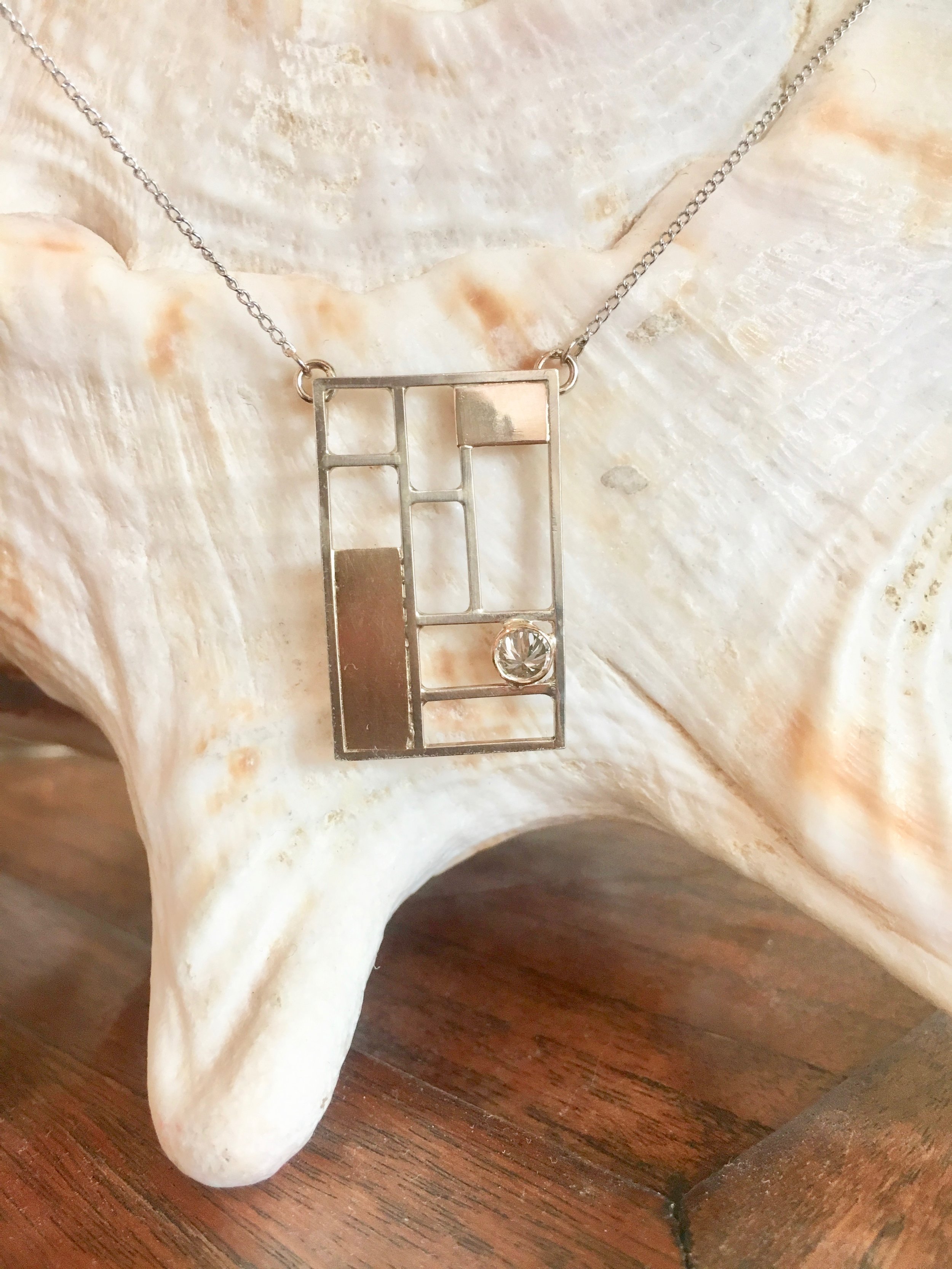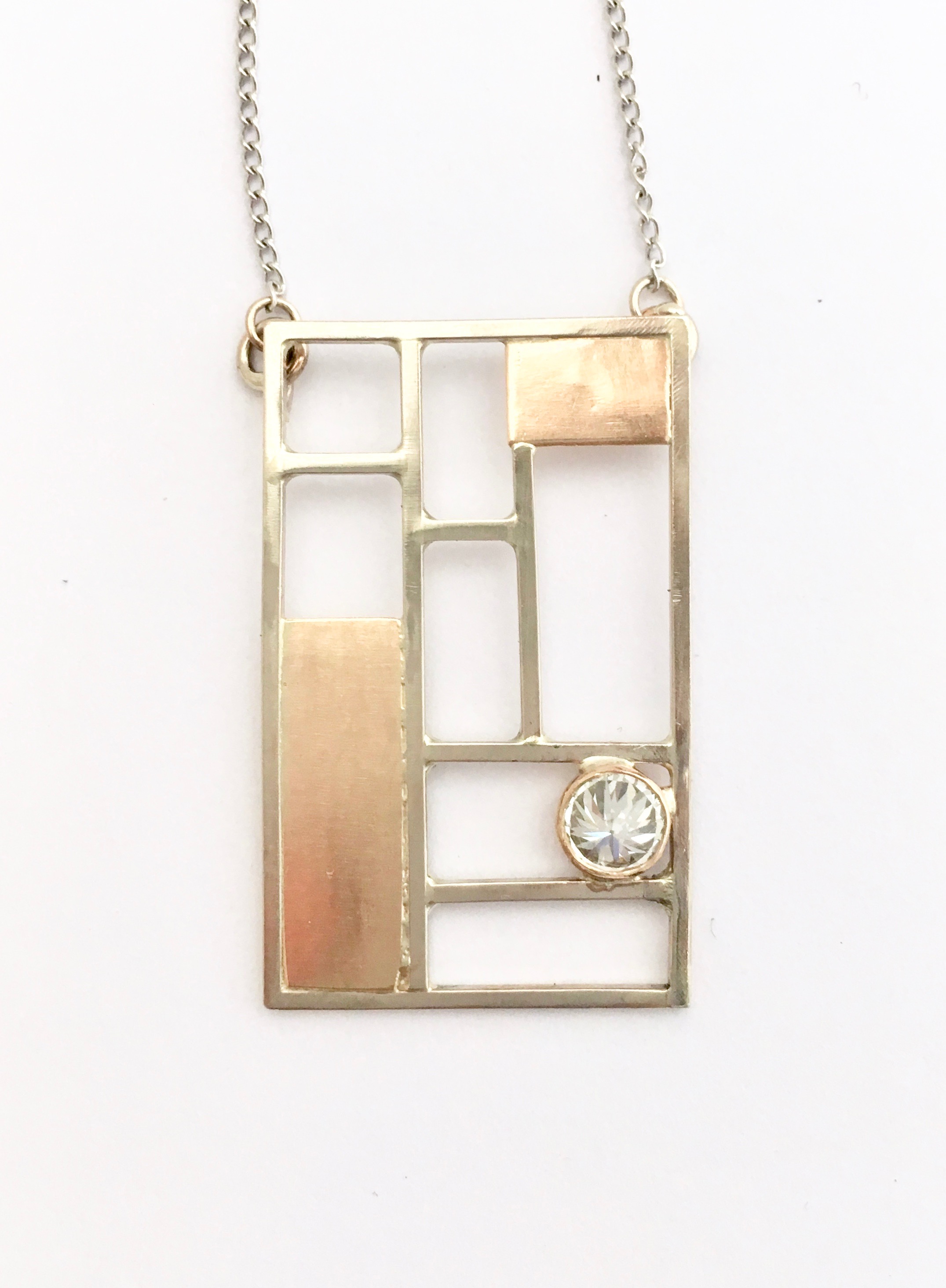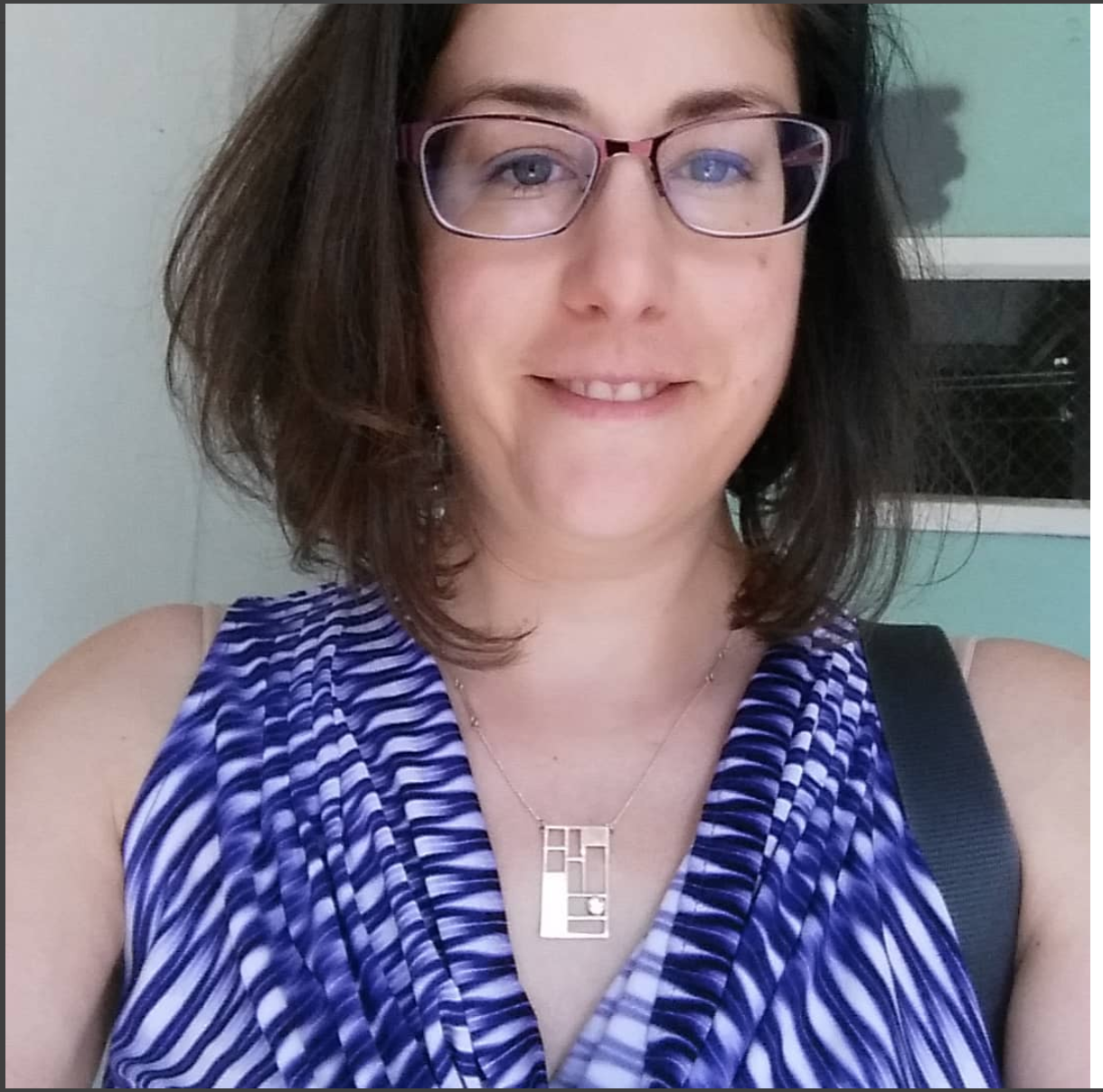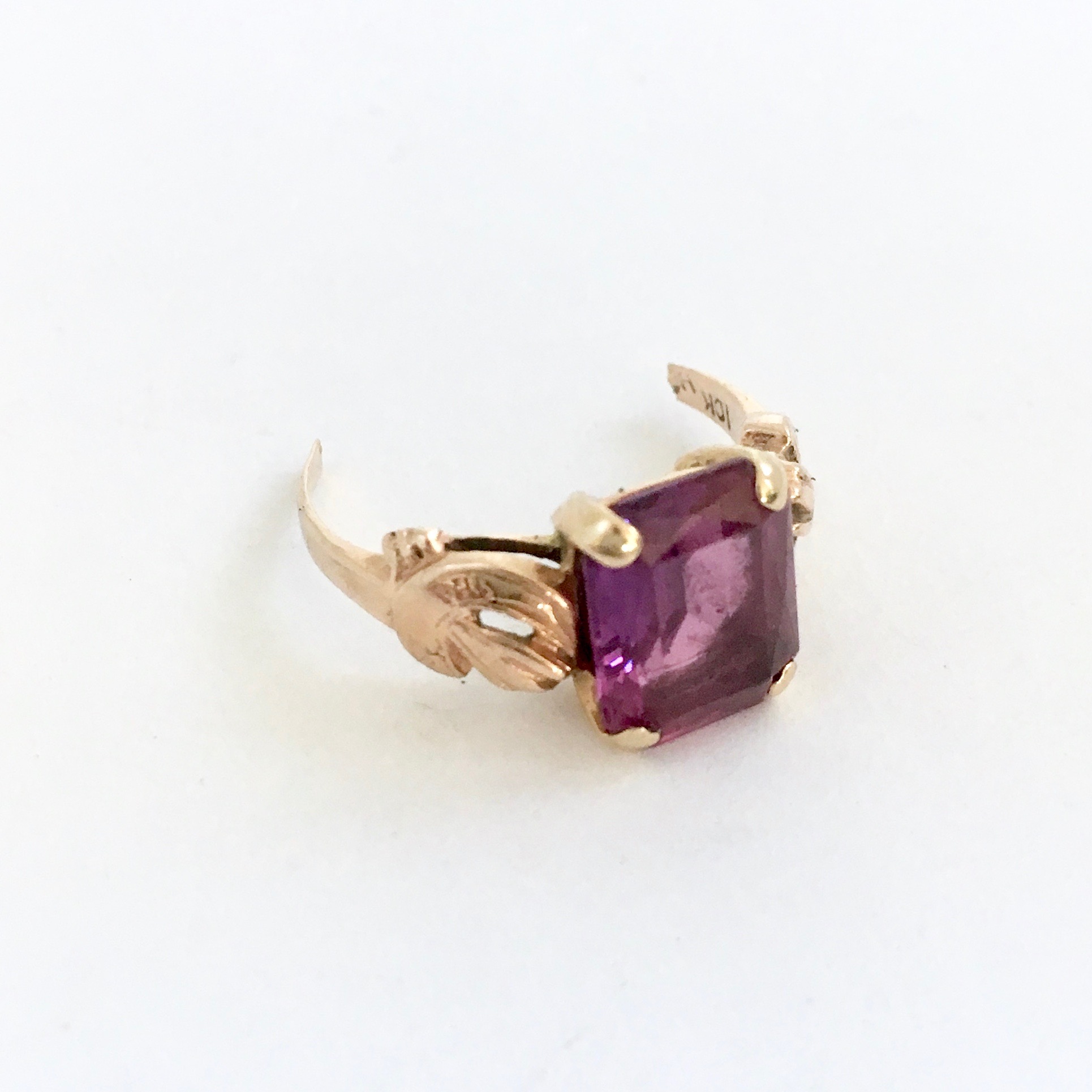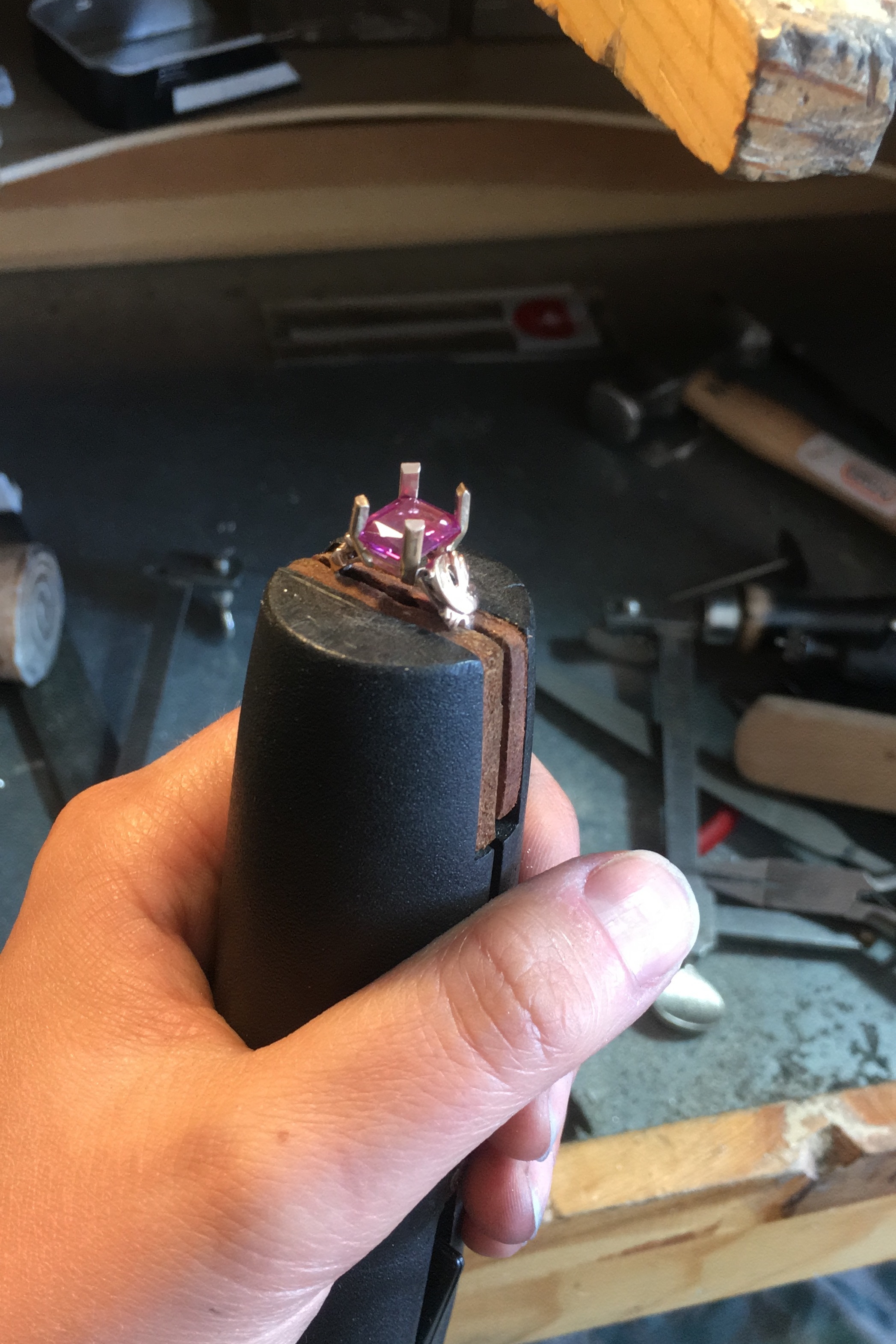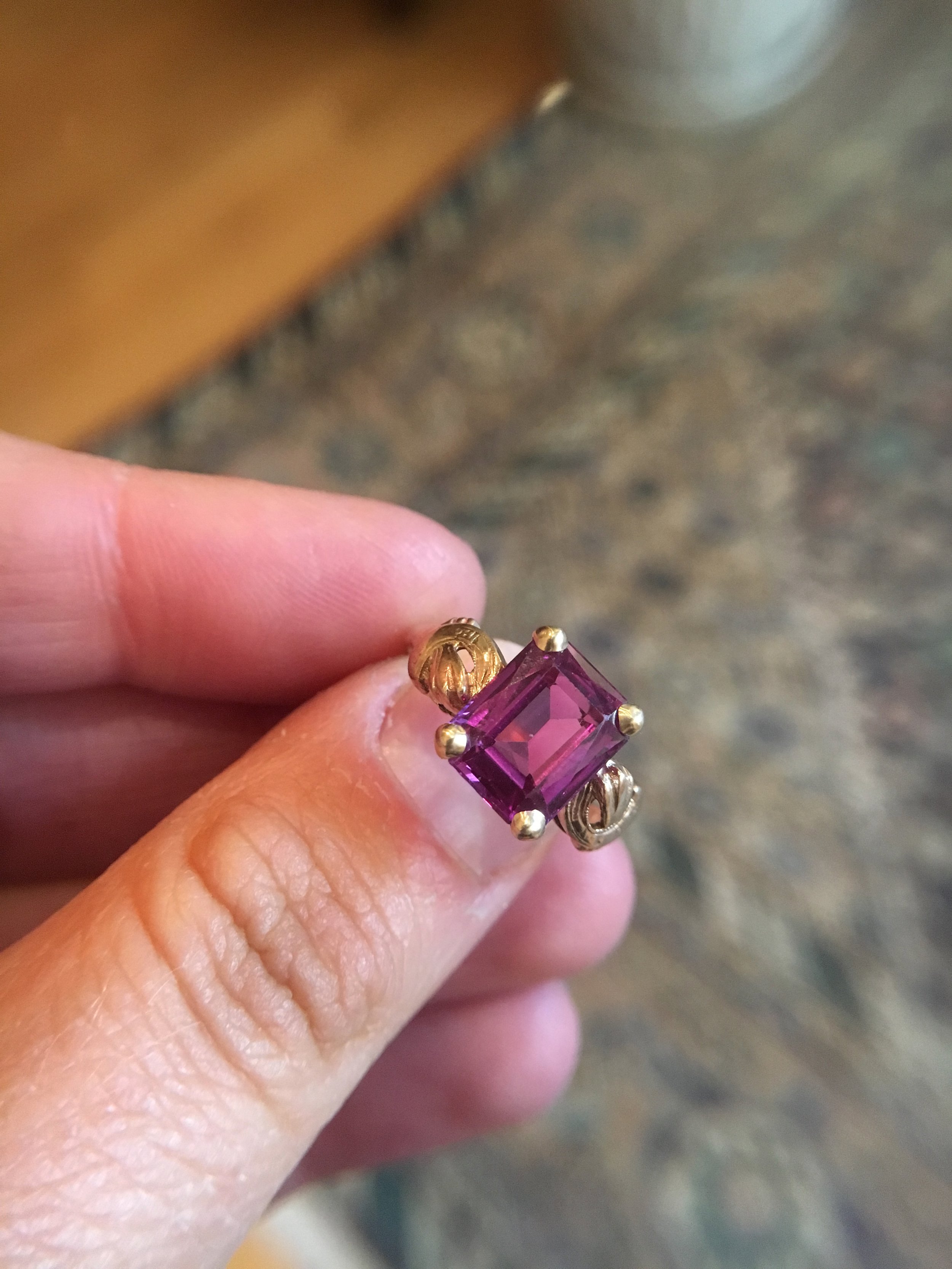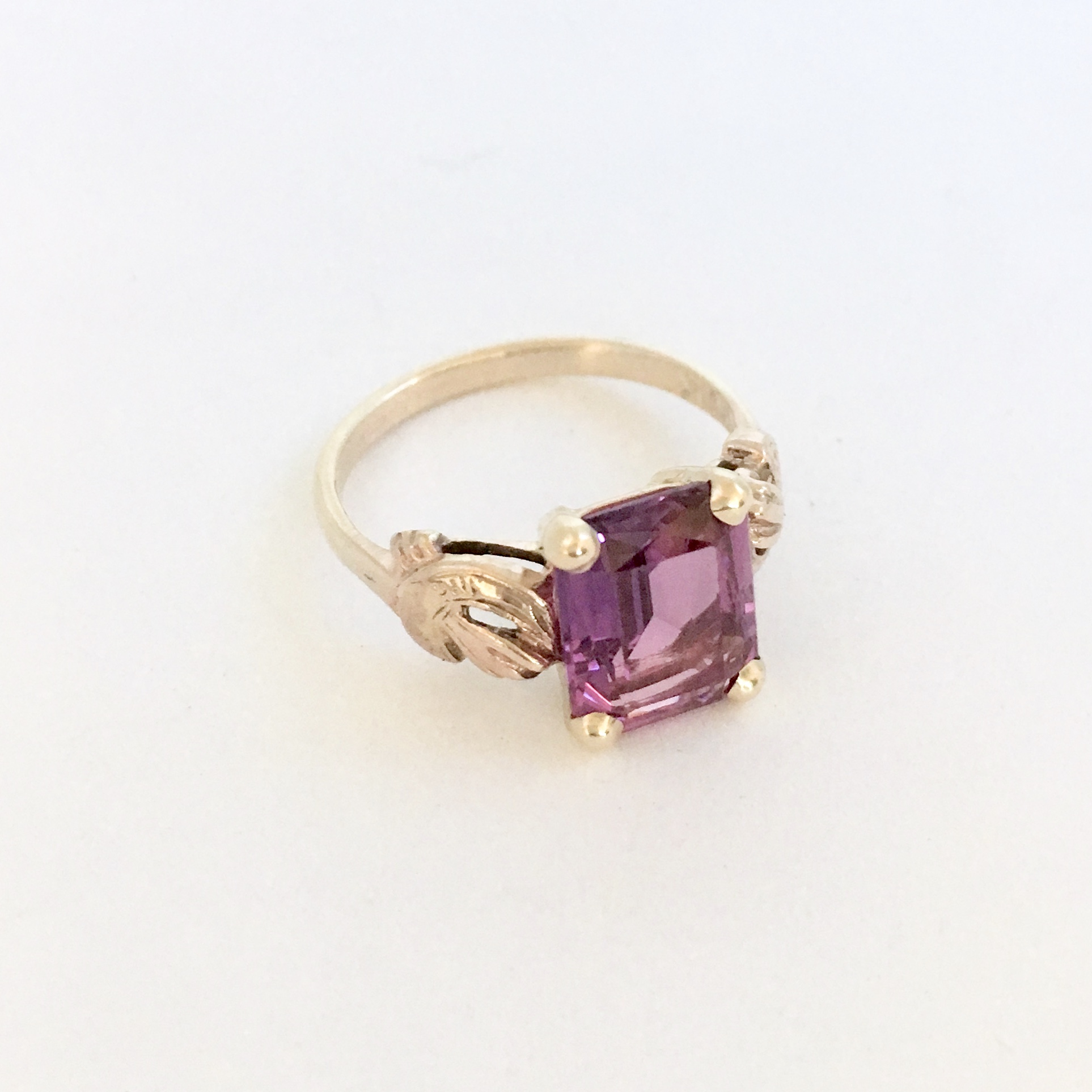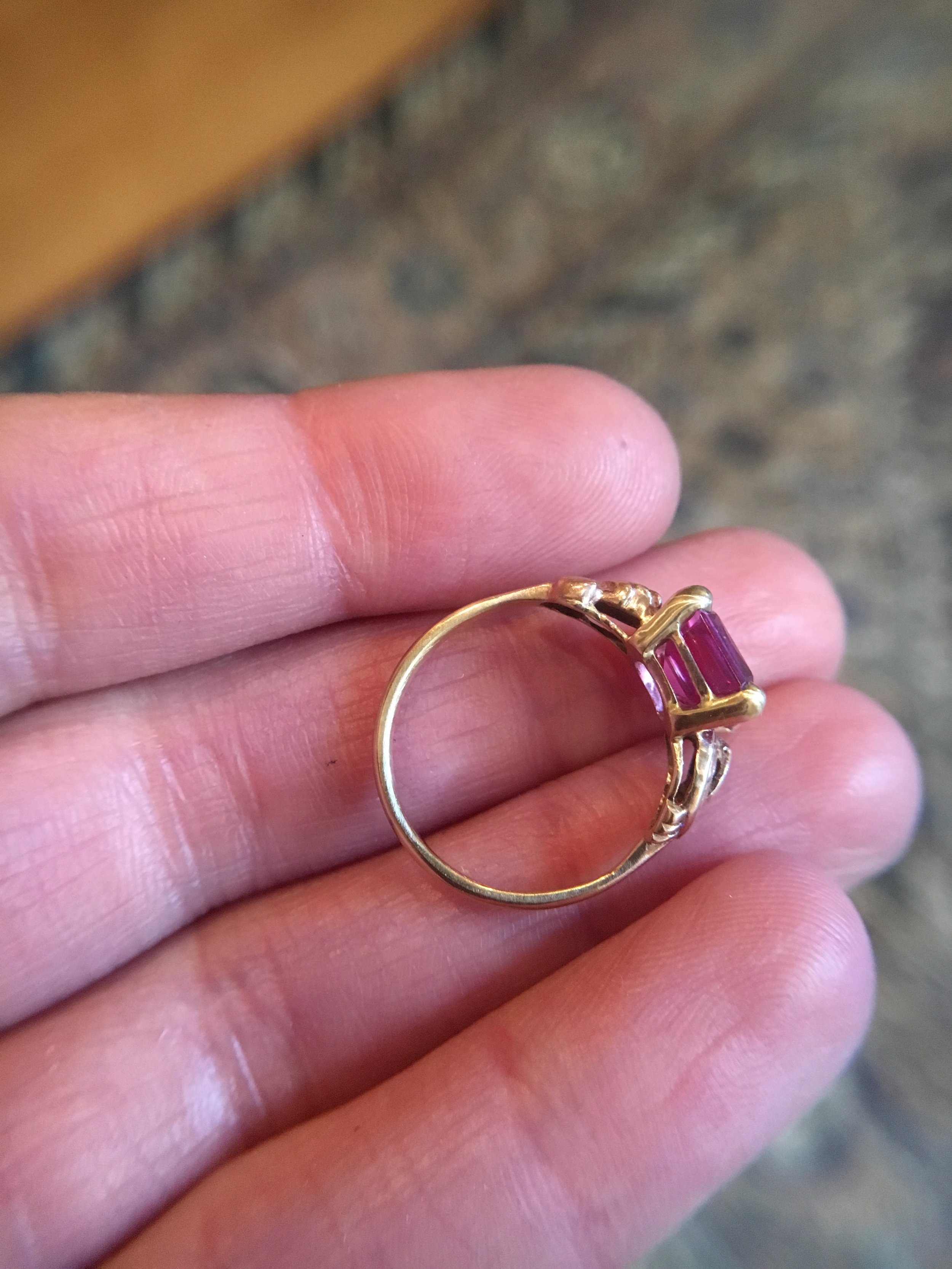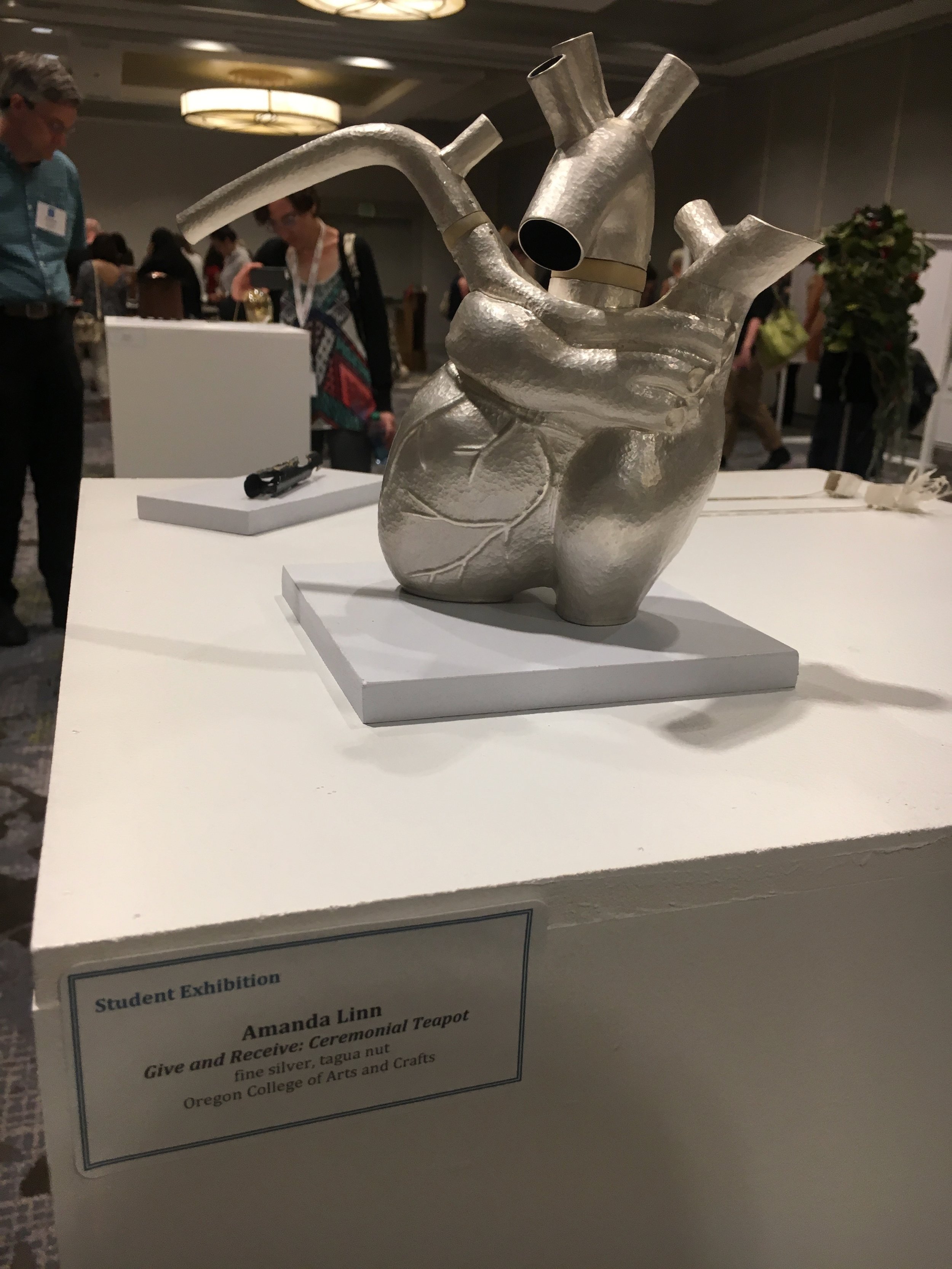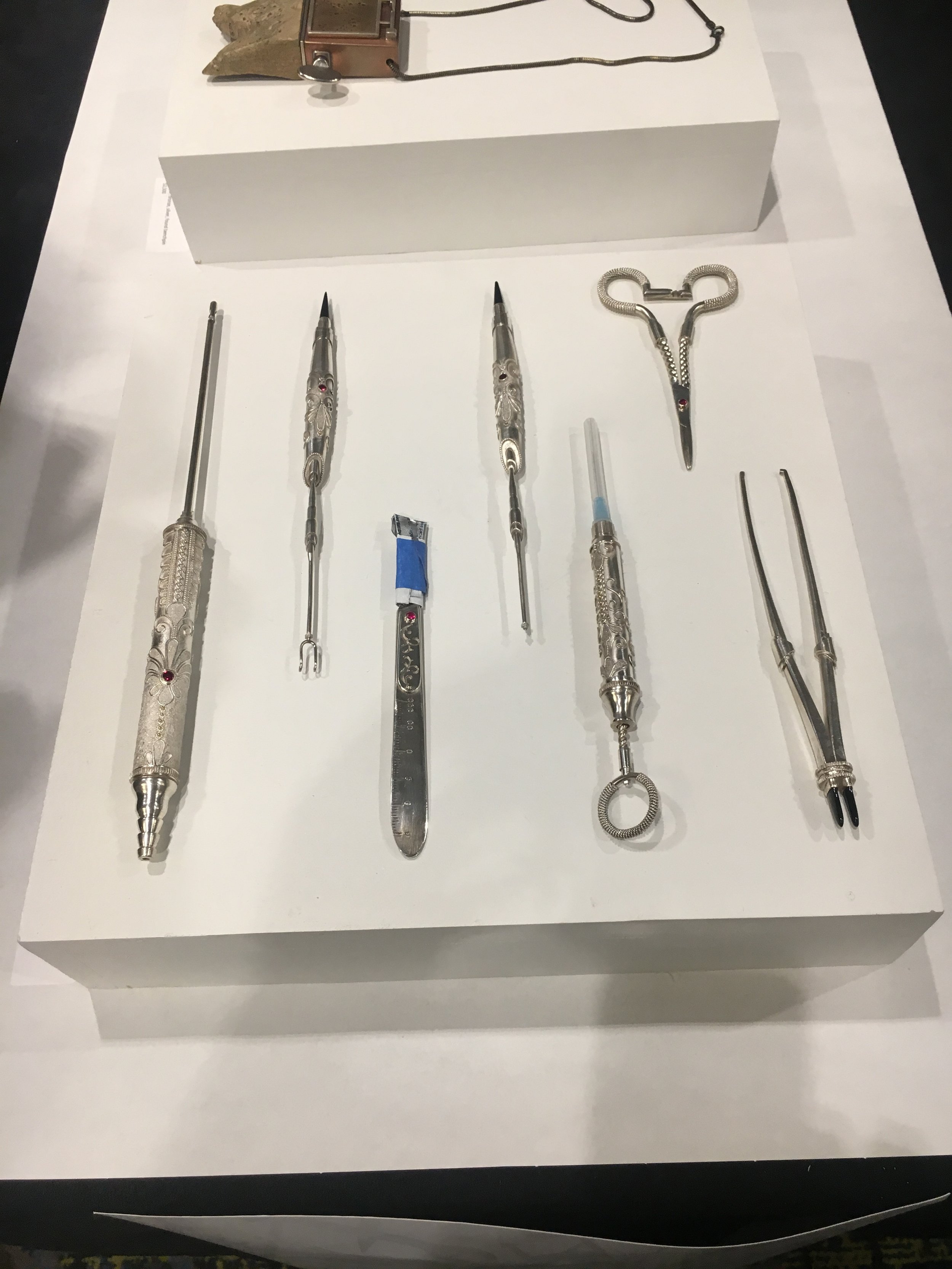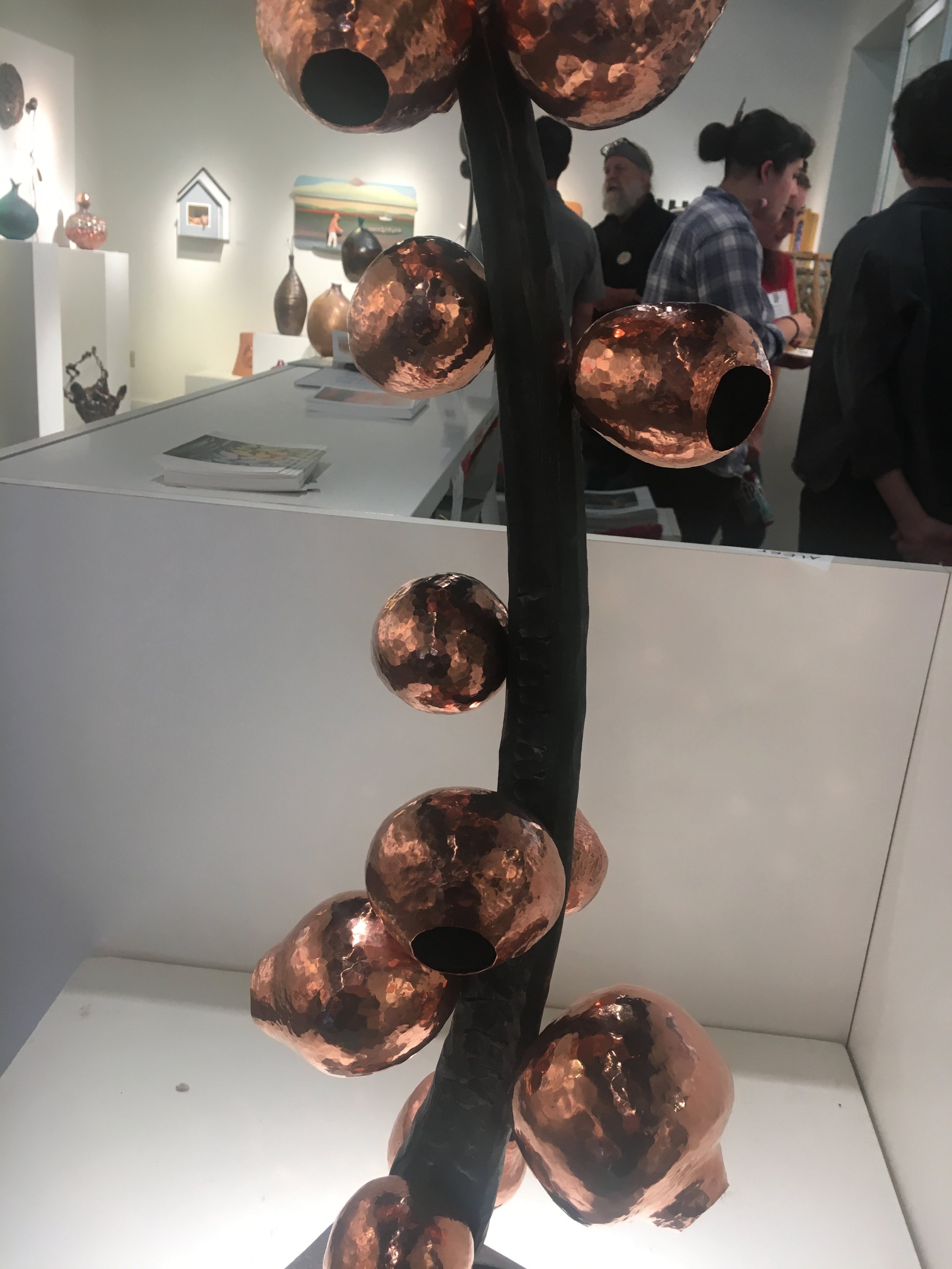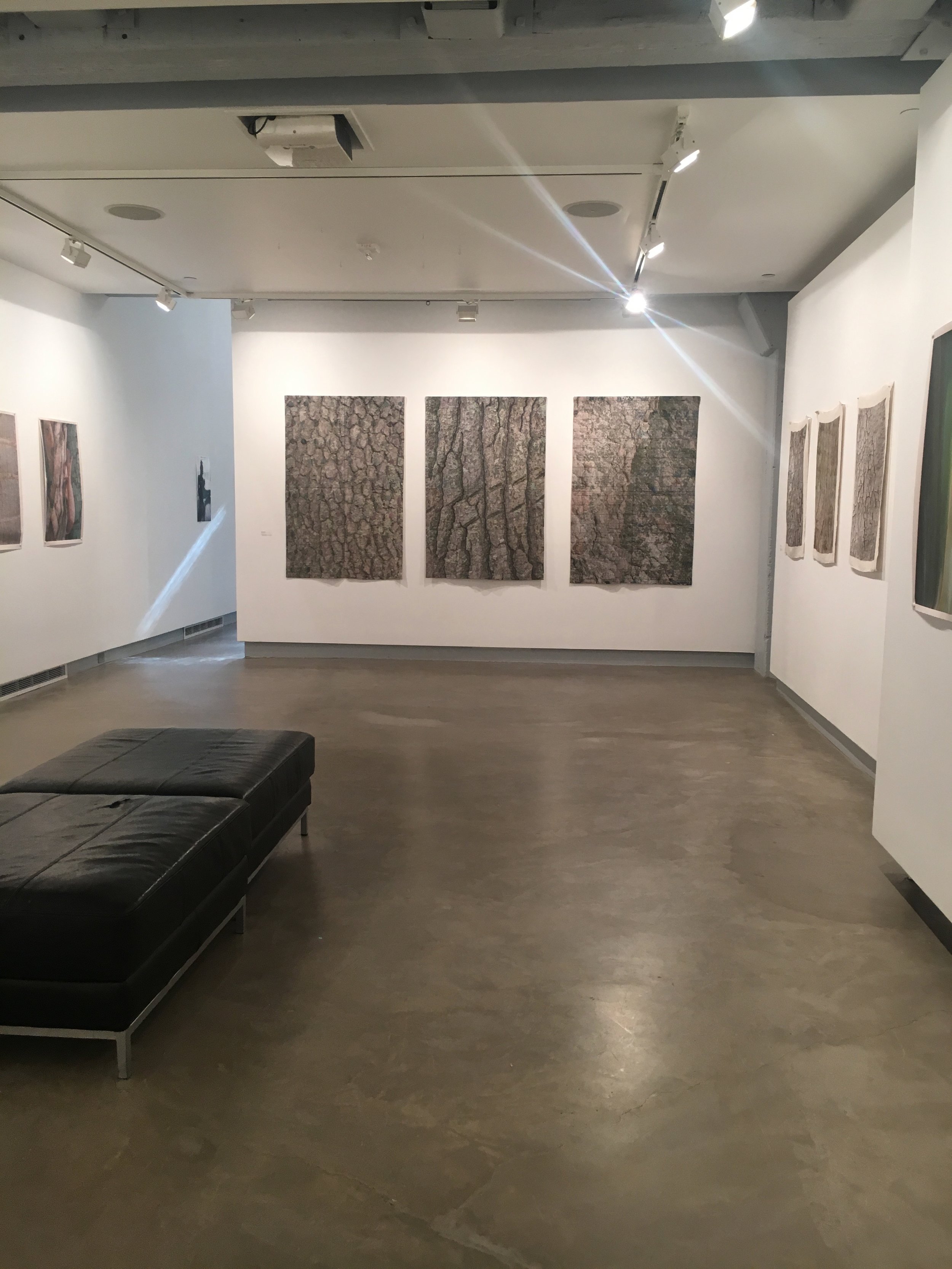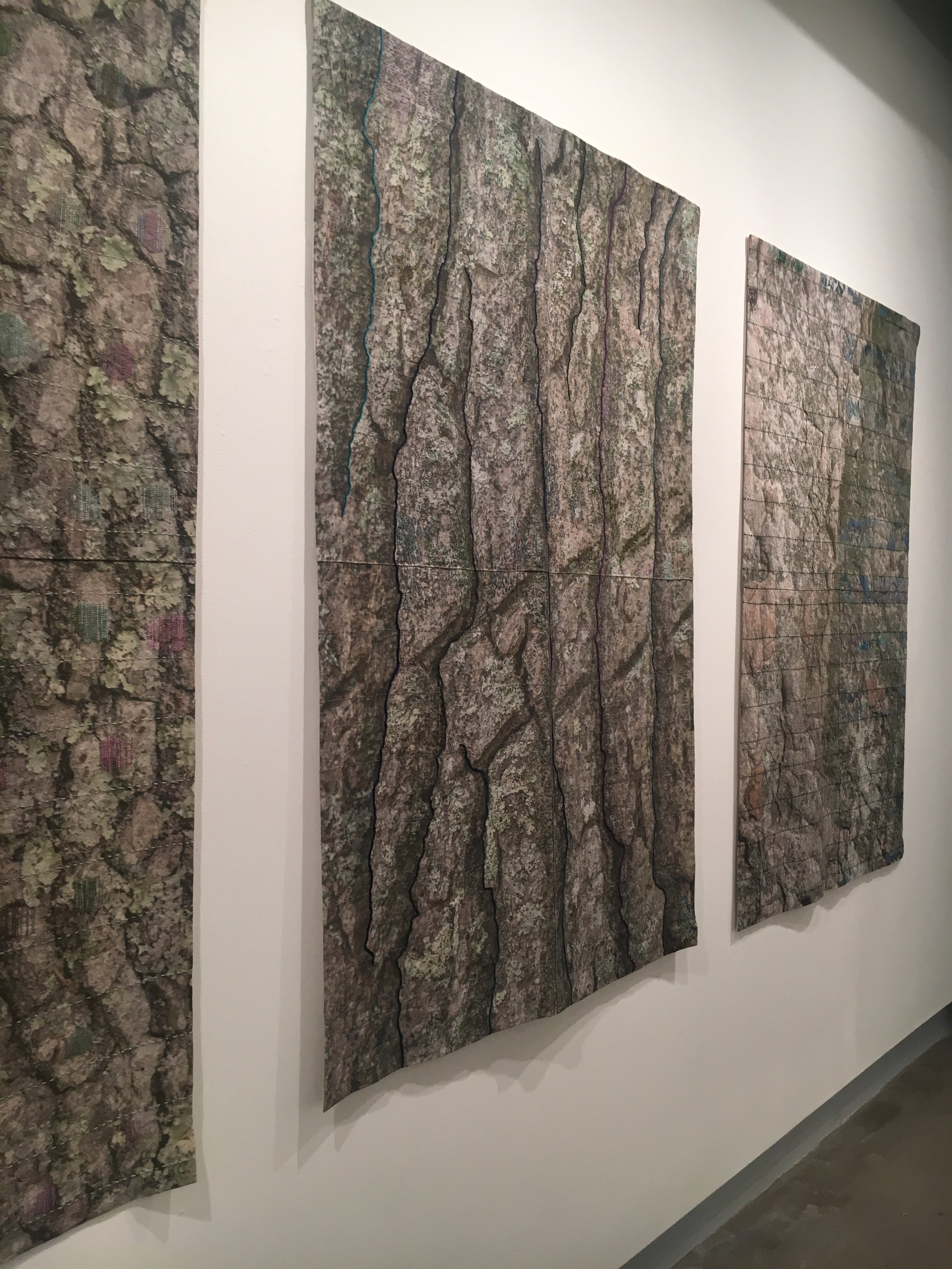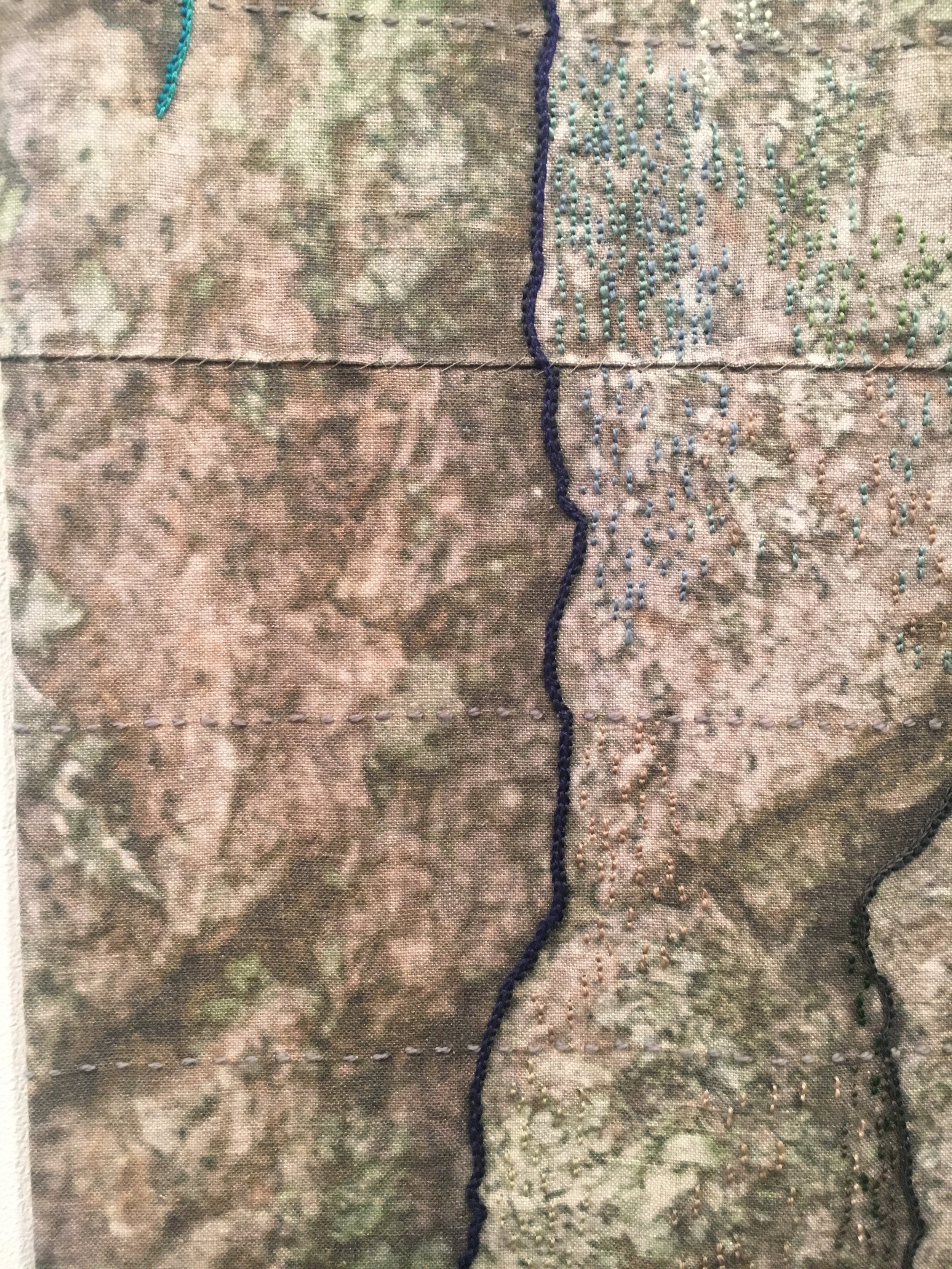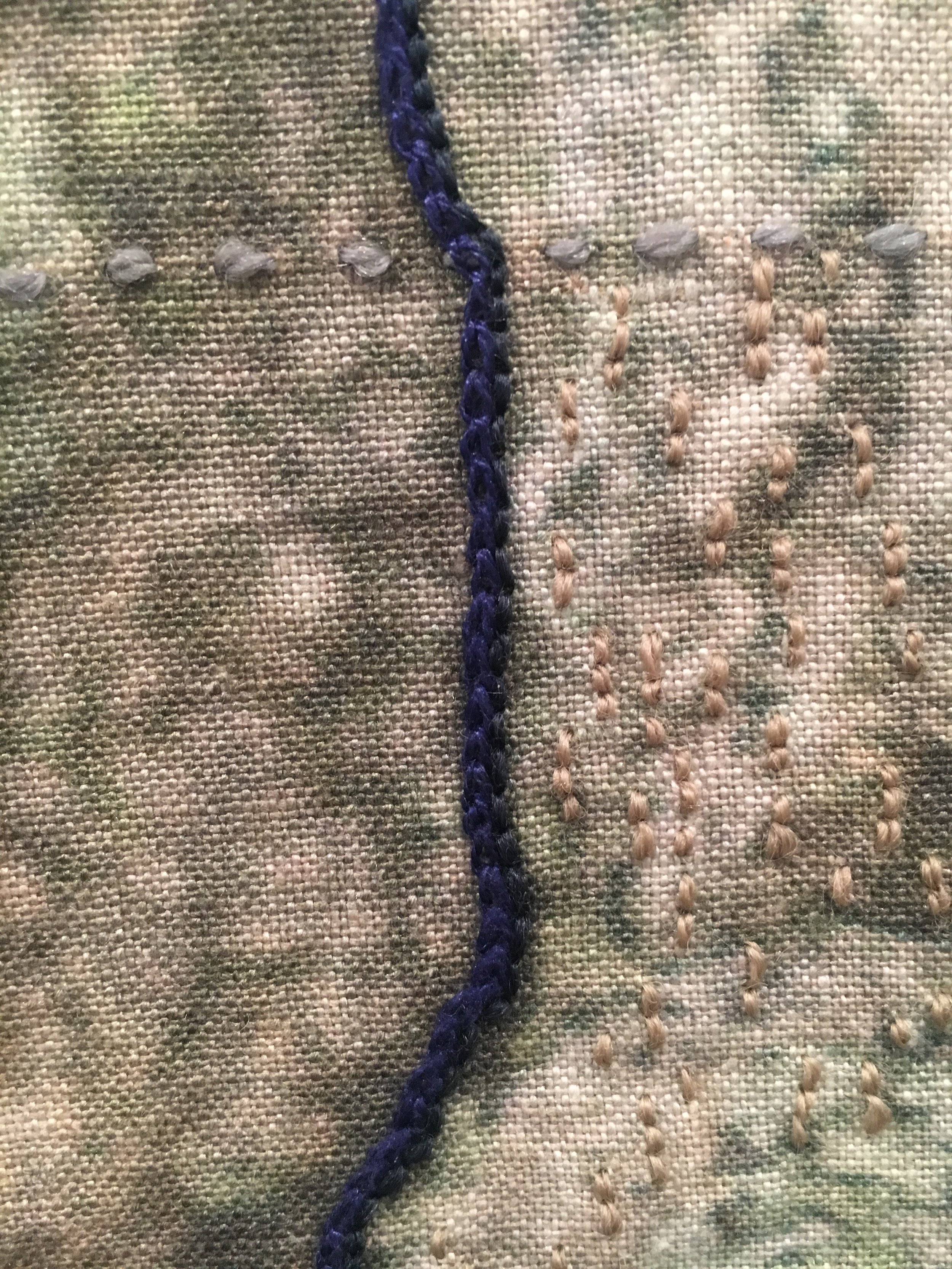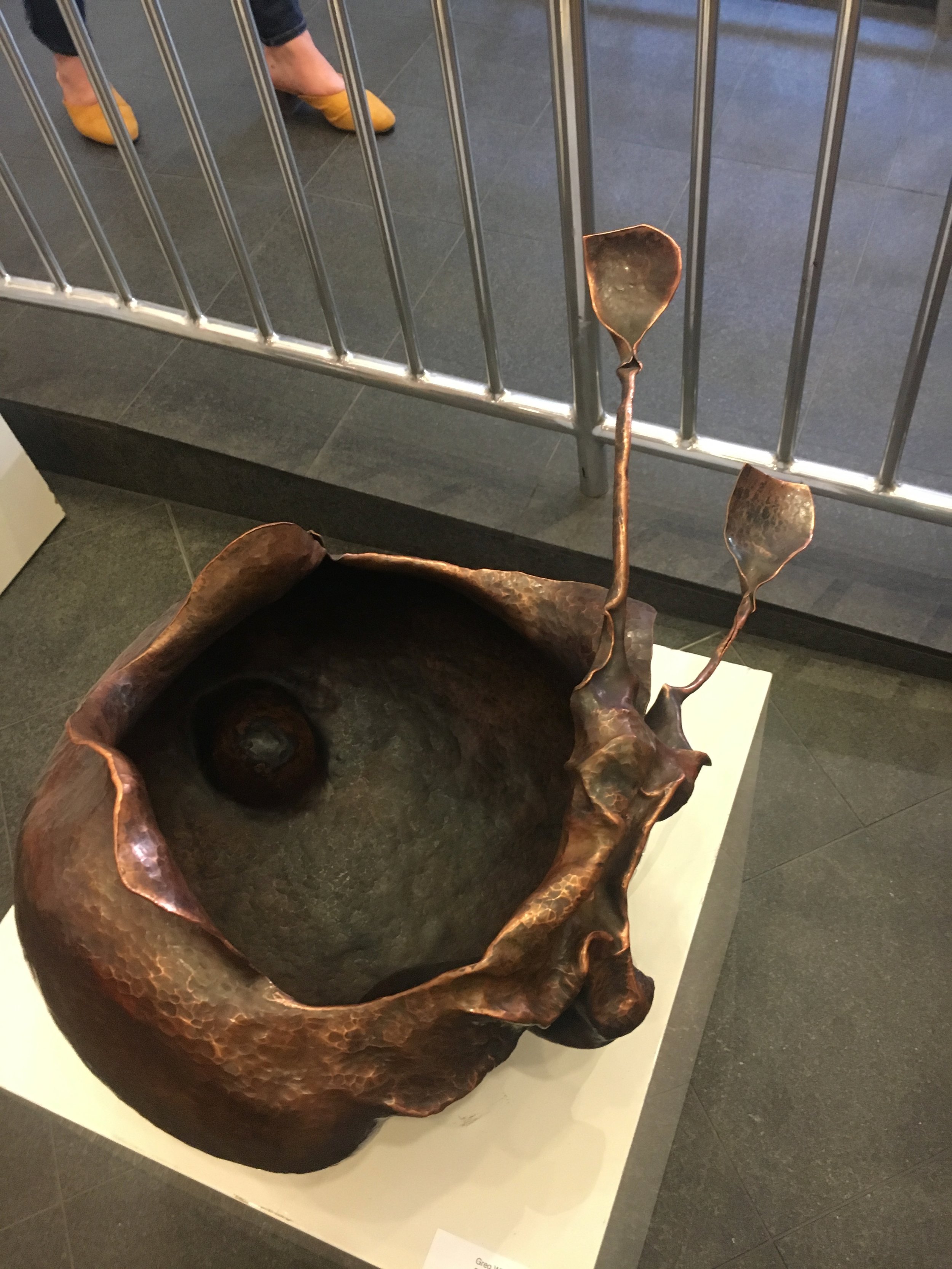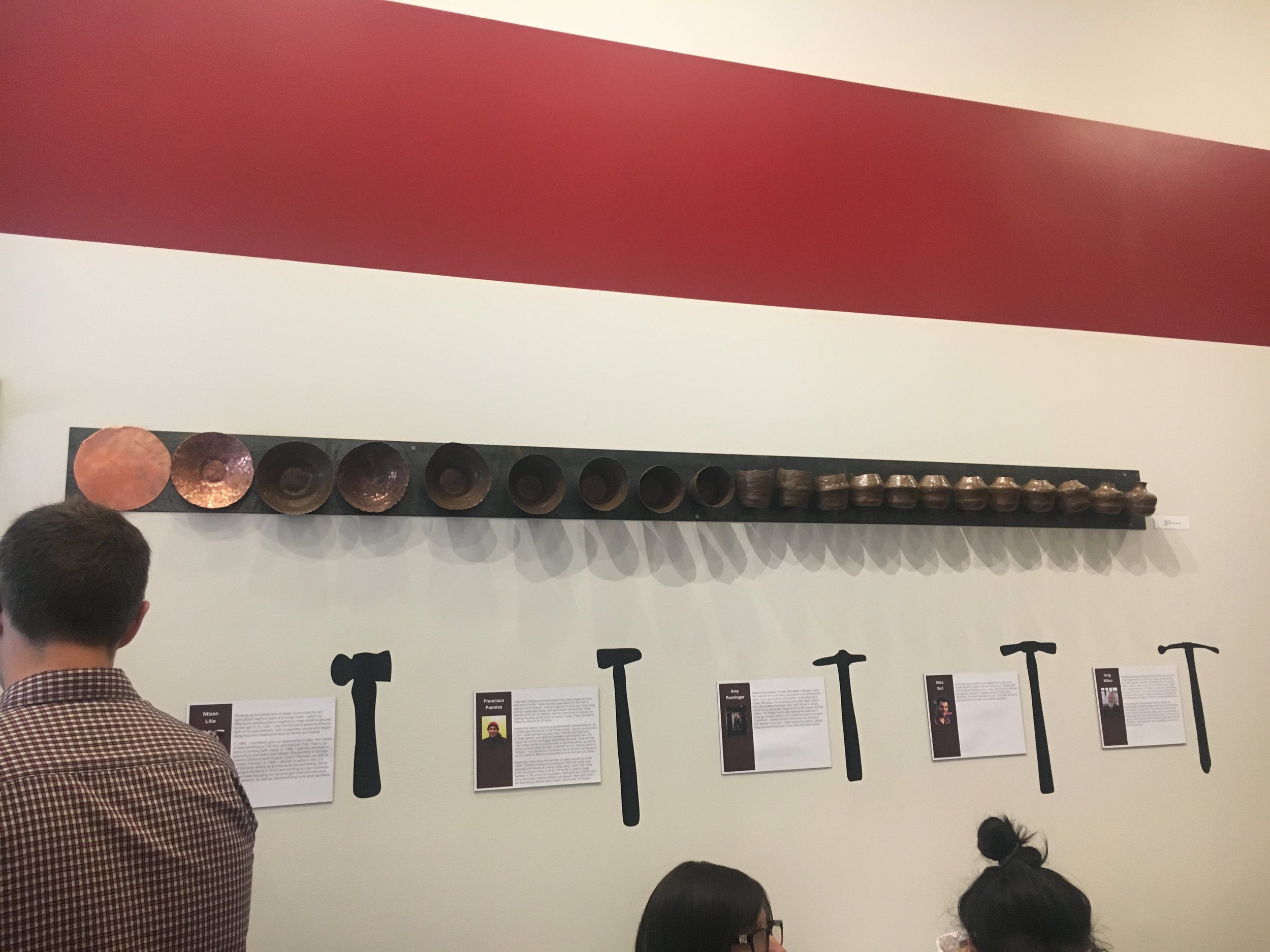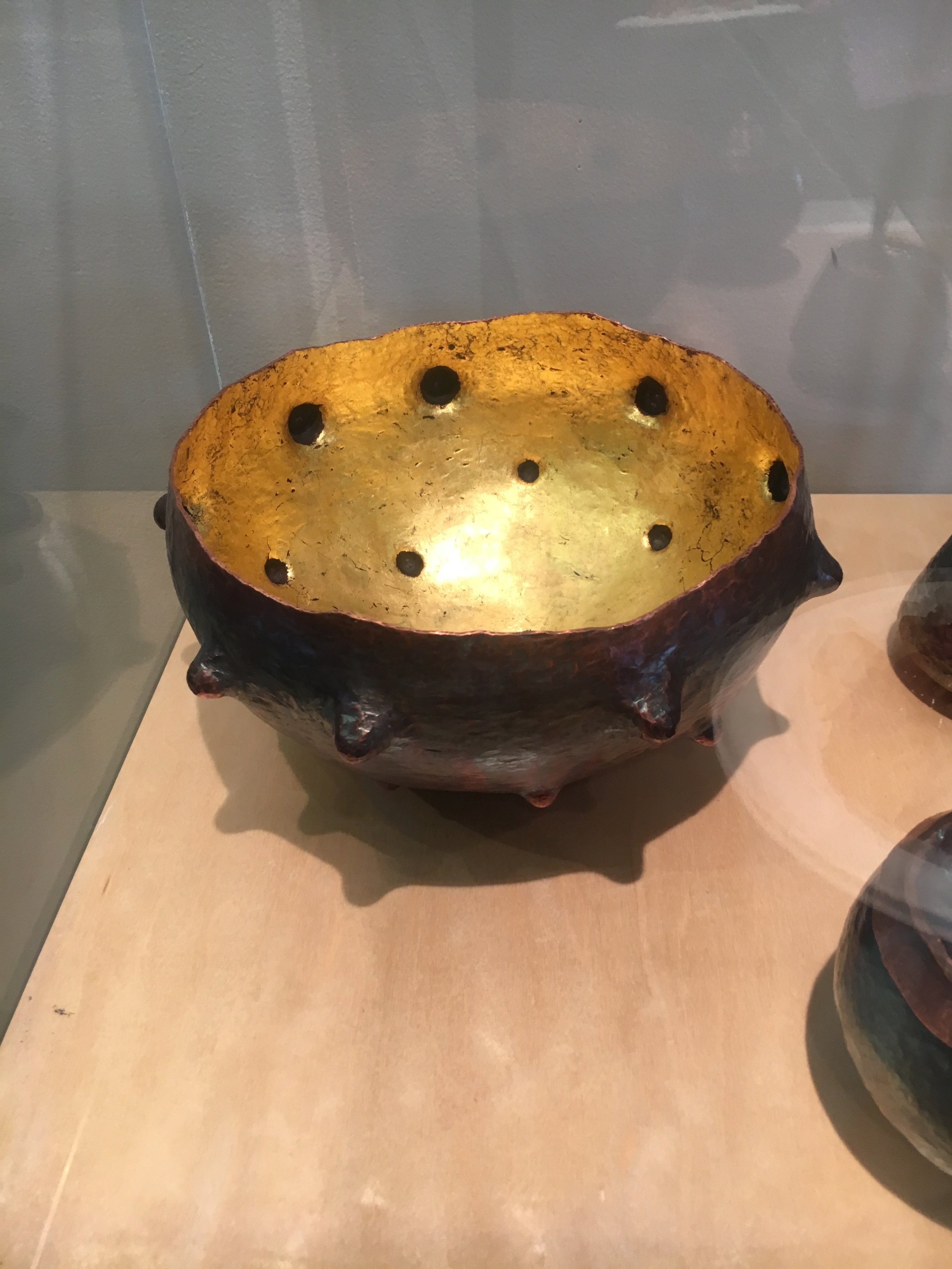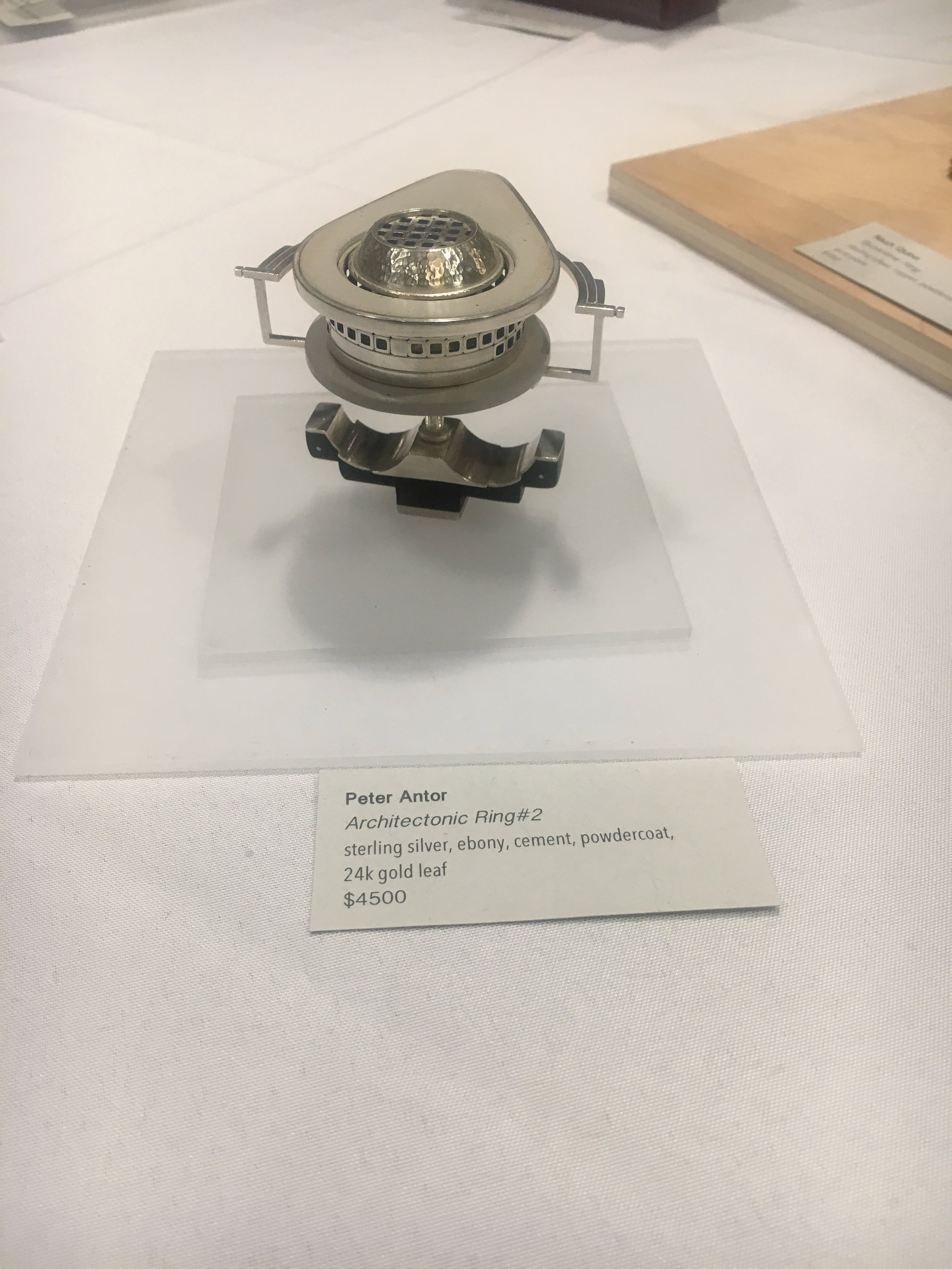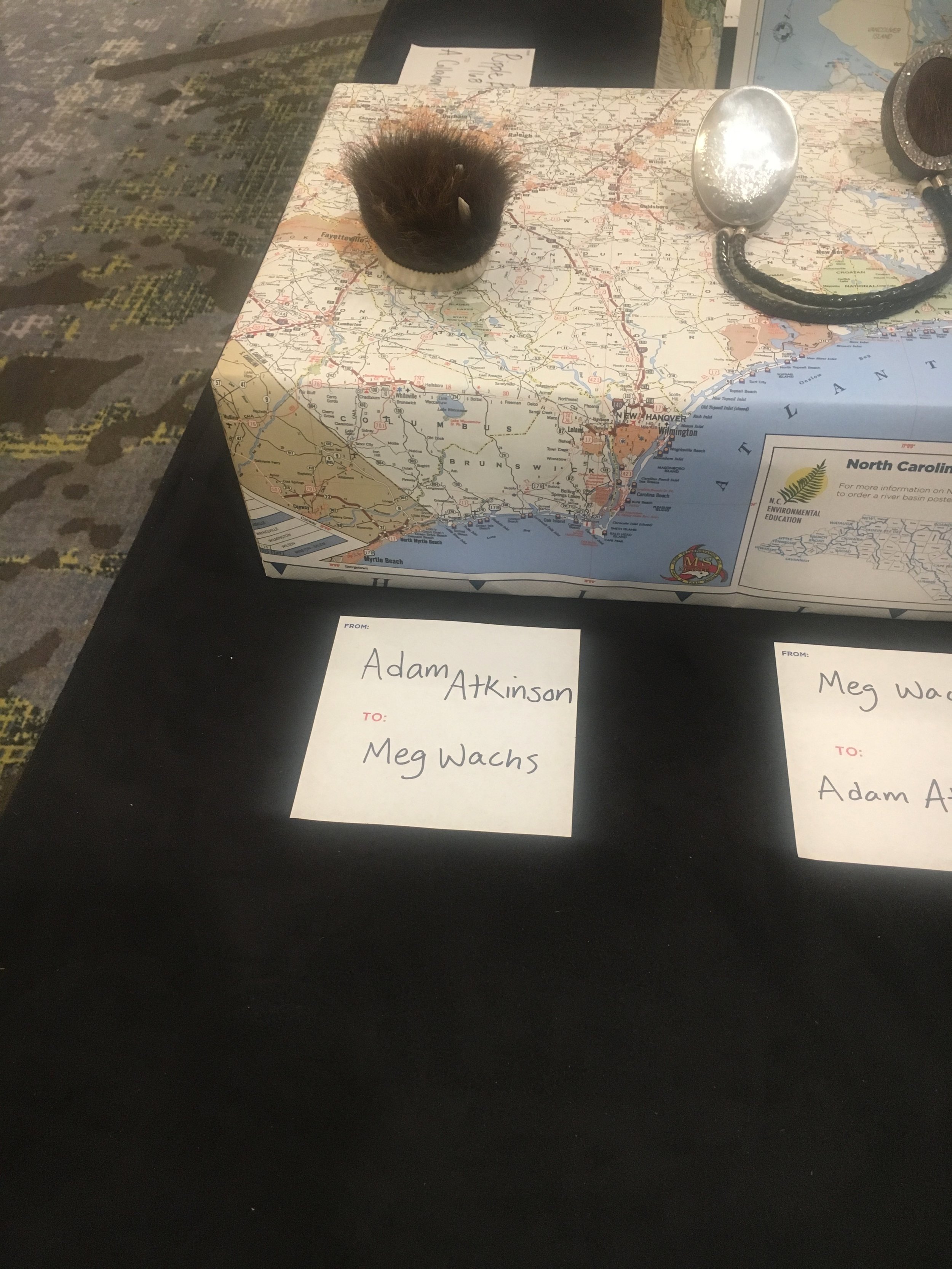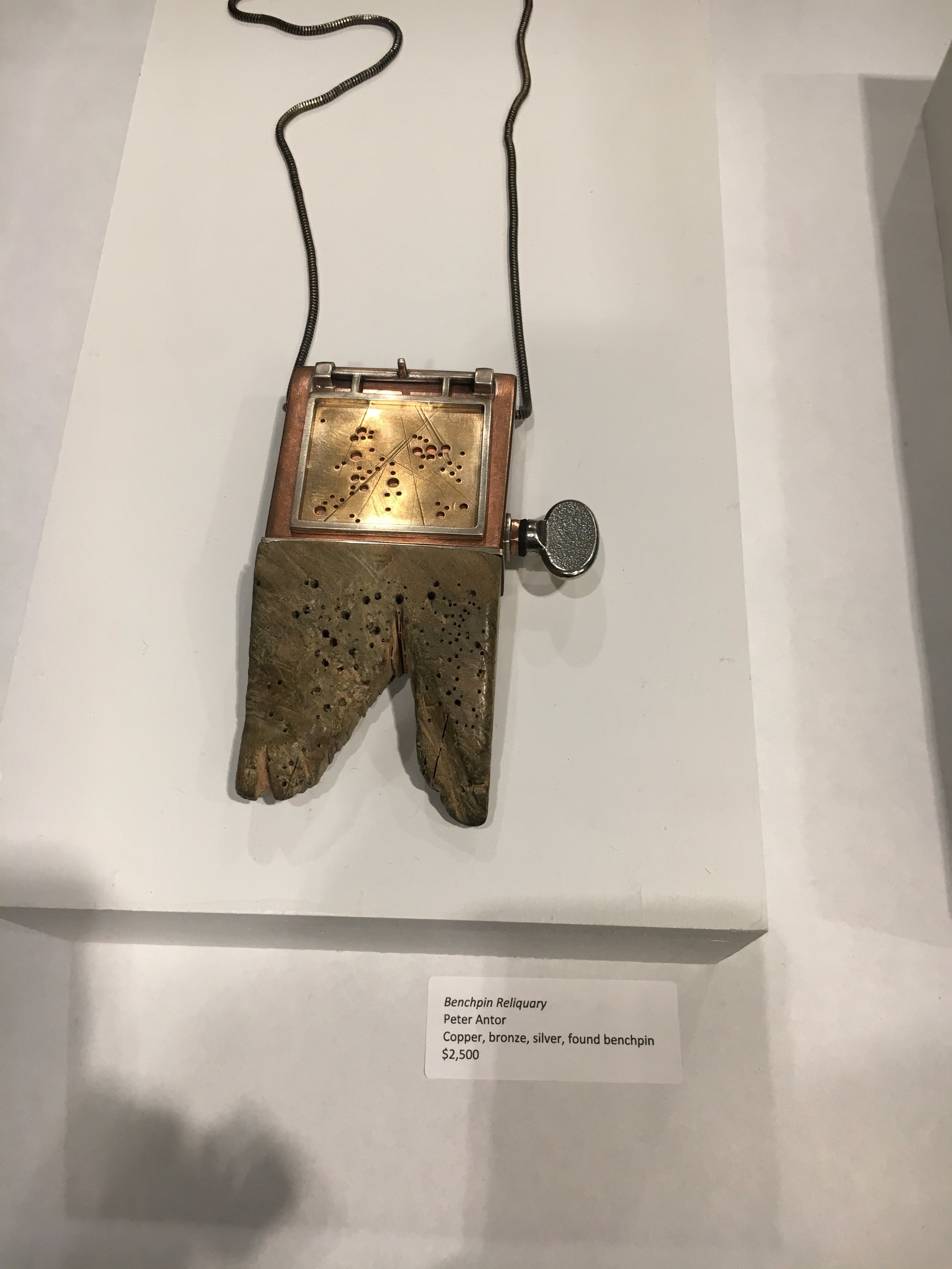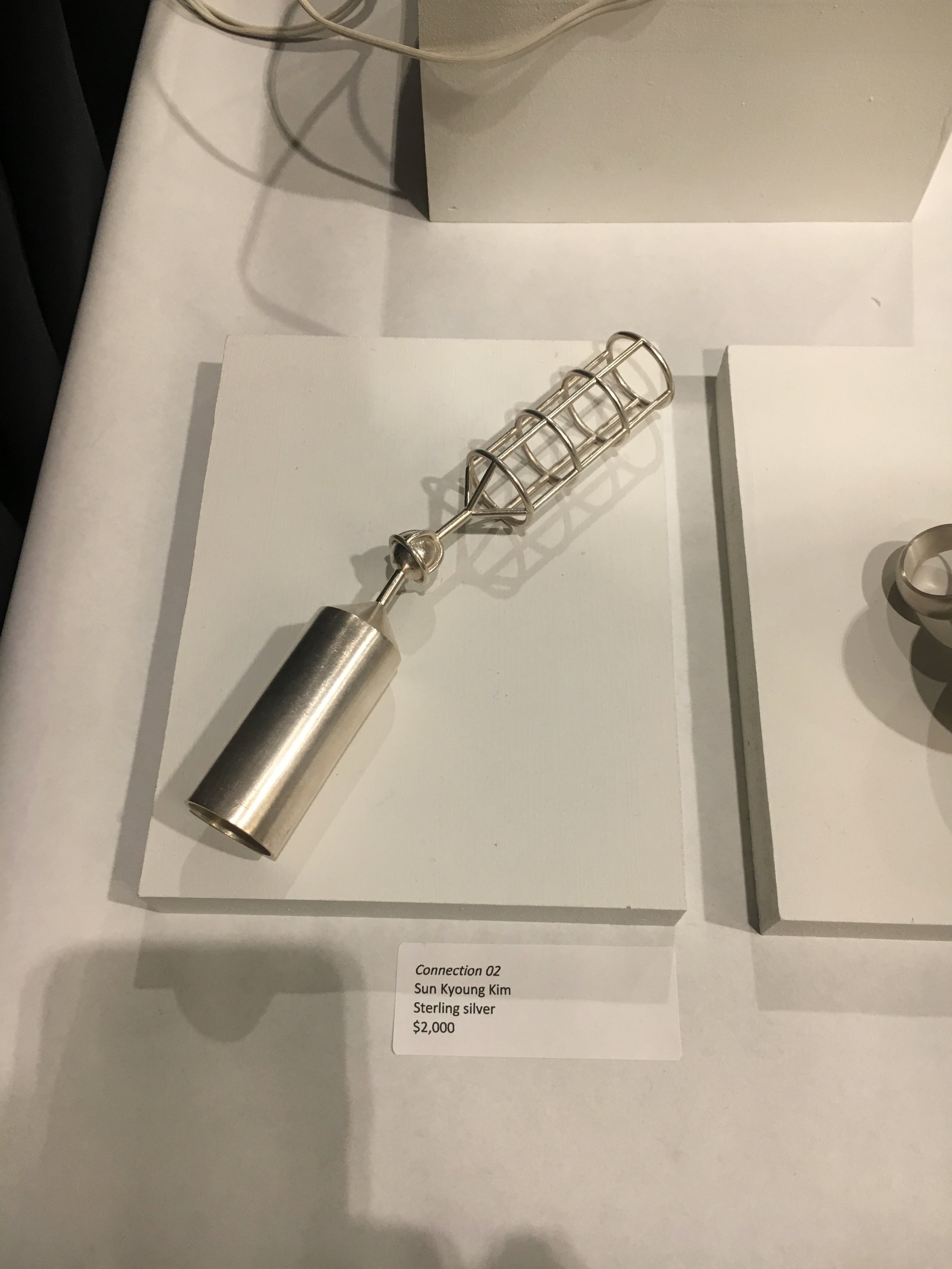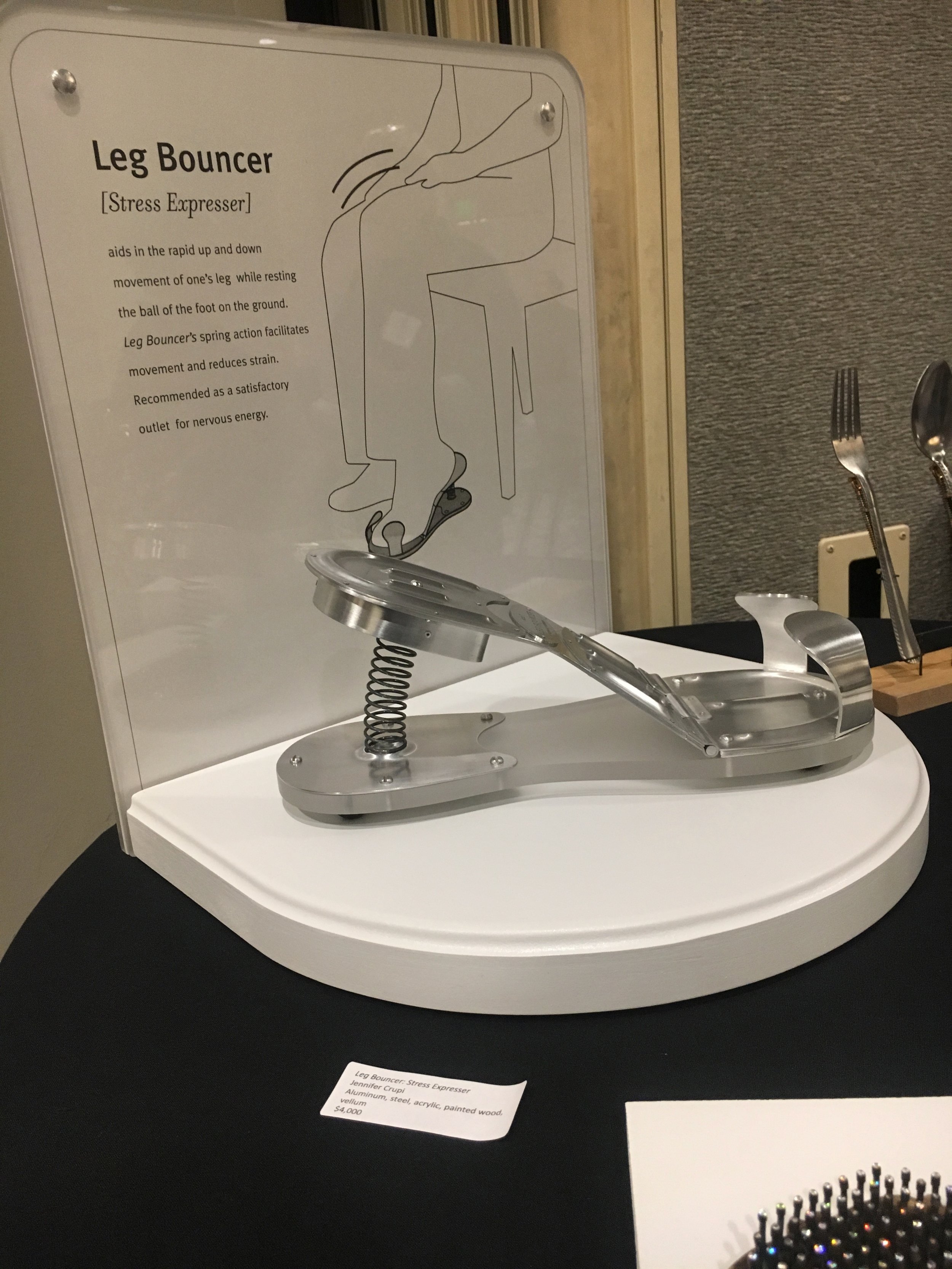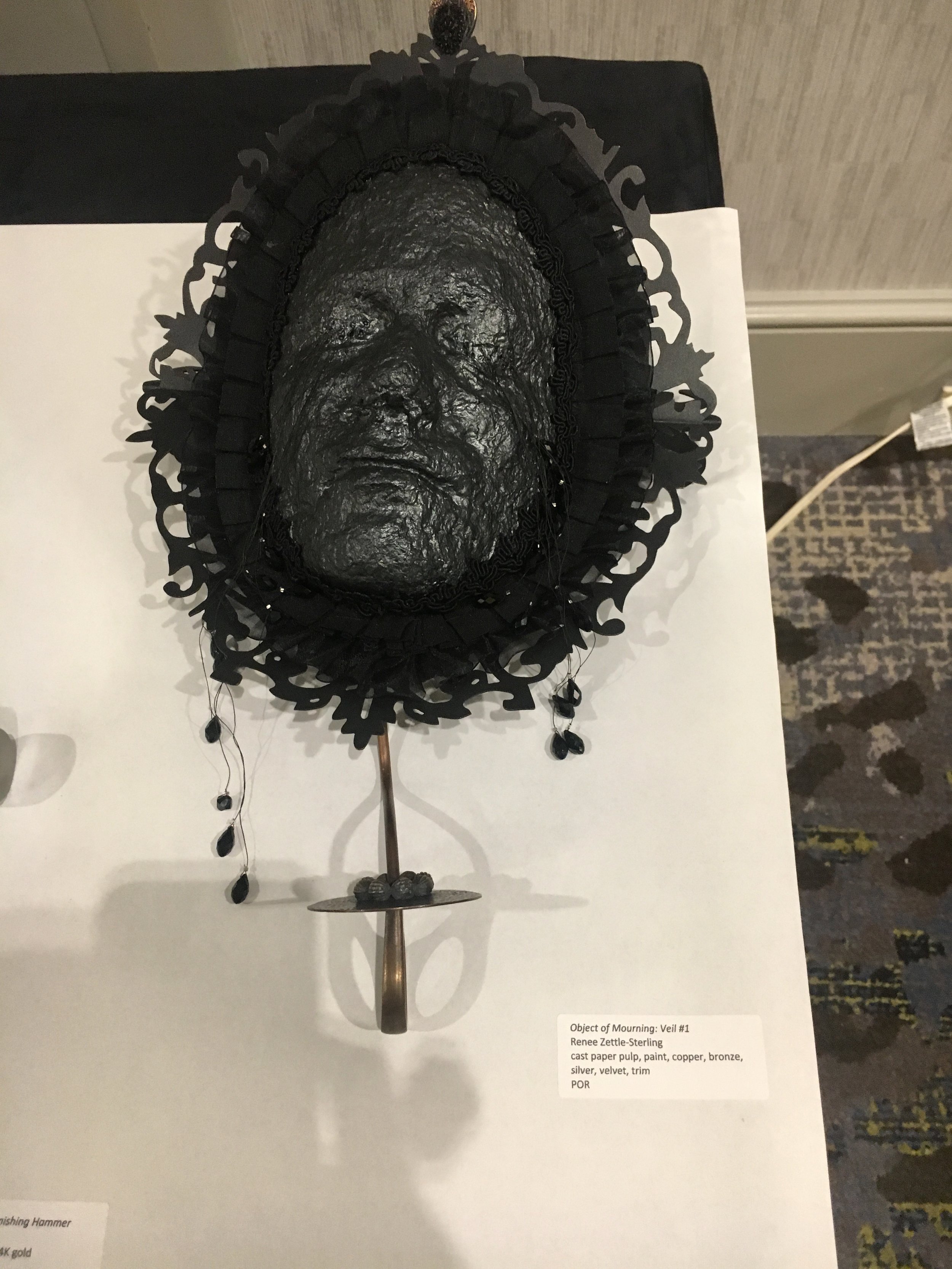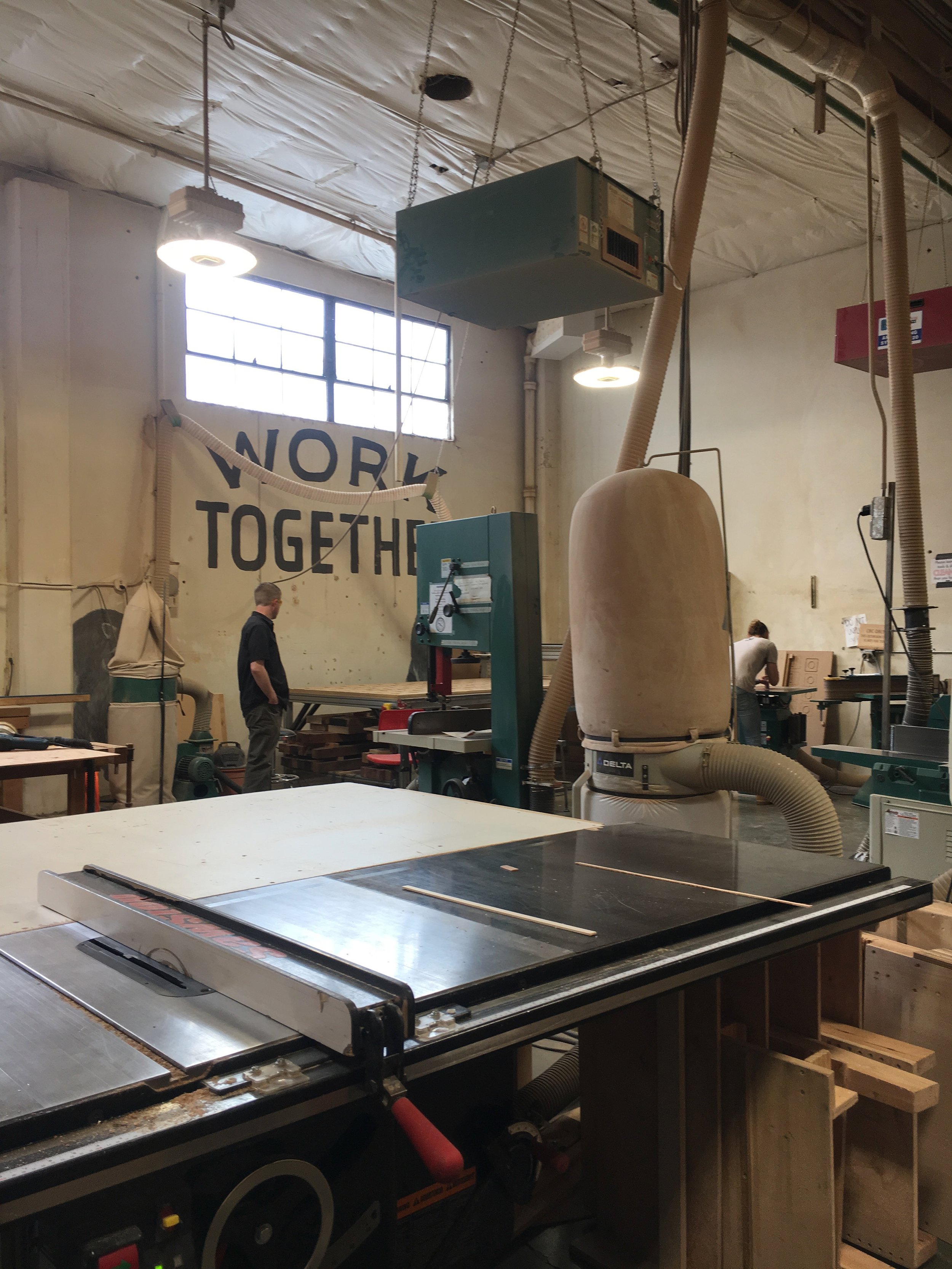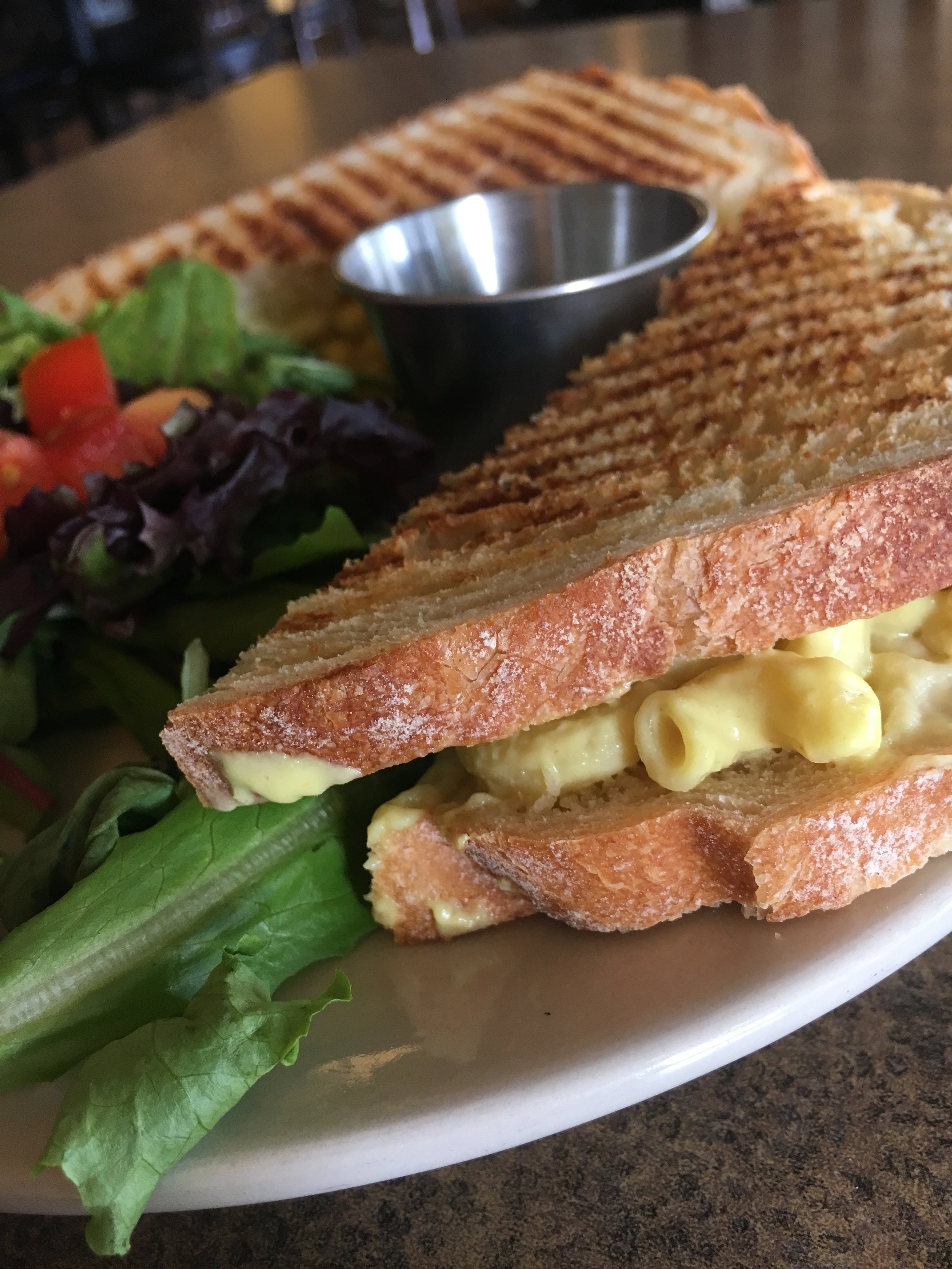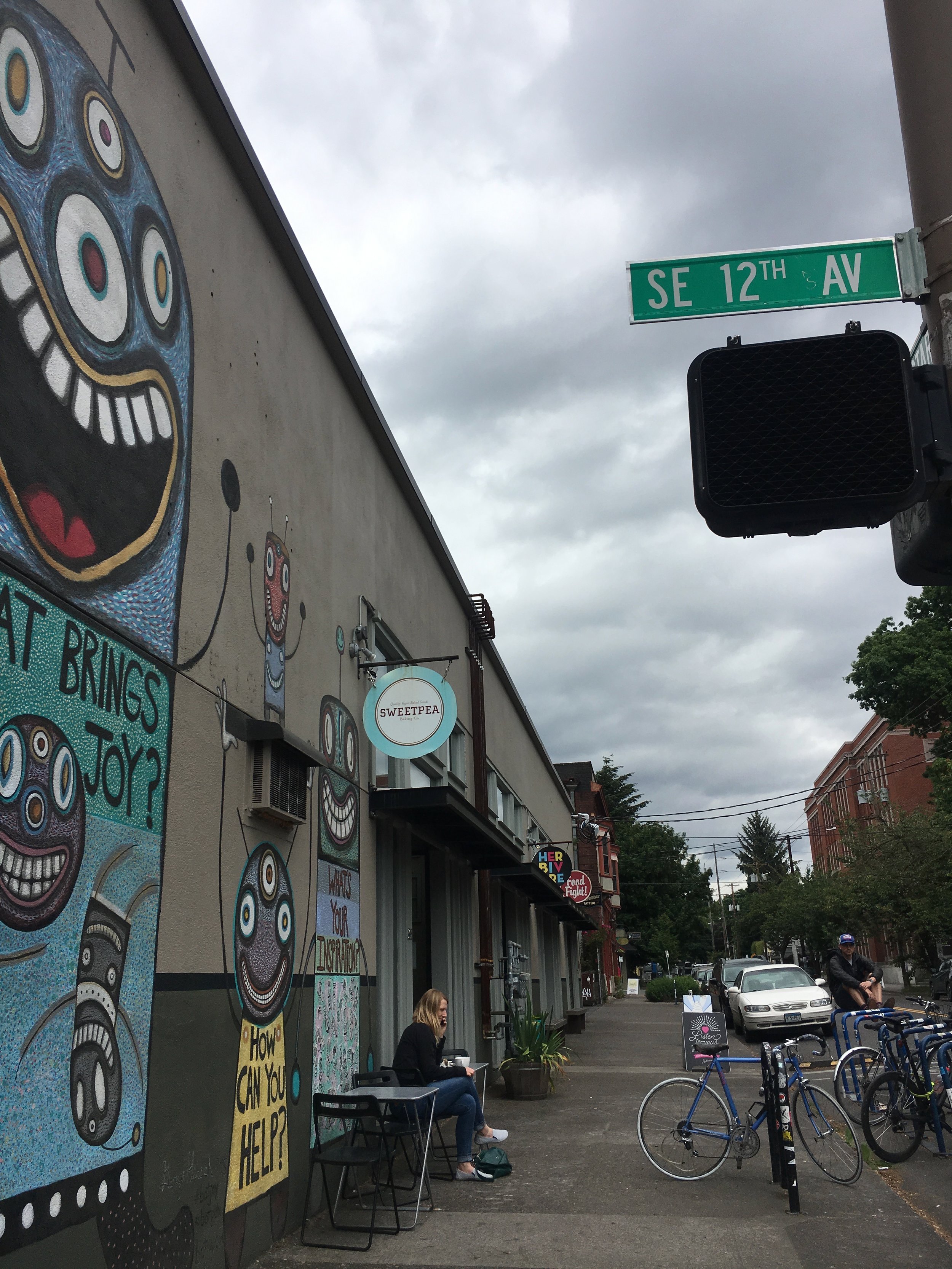When I was finishing up school at RISD for jewelry and metalsmithing, my professors encouraged us not to do jewelry repairs after we graduated. I think they just didn’t want us being taken advantage of by our friends for our jewelry skills. So I didn’t do any repairs for years. I was scared that people would only see me as a repair jeweler and not as an artist. I didn’t want to be re-stringing beaded necklaces for the rest of my life. However, clients kept asking me to do jewelry repairs, and because I needed the work I would help them out. In the past year or so, I’ve learned that I really love repairing jewelry and the problem solving and delicate work that goes into it.
When a client comes to me with damaged jewelry, they usually tell me the story behind it, and what it means to them. I love hearing these stories. I enjoy learning where they bought the piece, or who gave it to them, or how long it’s been in their family. I’m always curious about how it was damaged - if it just wore out over time, or if someone’s child accidentally stepped on it. When I receive a broken piece of jewelry it already has so much history, and I get so excited to give it another chance in the world. Sometimes these pieces have been locked away in the back of a drawer for years, and I can’t wait to restore them.
I feel like a real artist when I successfully repair a broken piece of jewelry. The thing about repairing jewelry is that the process is different for each piece. I start by listening to the client describe what their jewelry used to look like and how they felt when they wore it. I carefully examine it and make notes of the materials, structures, and damage. I decide what steps I need to take to restore the piece to its former existence. Sometimes the client is surprised when I say I need to fix several issues instead of the issue that is immediately obvious. The thing is, when I repair a piece of jewelry I want it to last for a good long time. I don’t want something else to break immediately after I fixed the main problem.
When I’m working on the piece of jewelry at my bench I like to take my time. Usually I’m working on something that is older than I am – a family heirloom, or a treasure that’s traded hands many times. I don’t want to rush it or cut corners. I carefully work around the existing shapes, and match the curves and the lines. Whether I’m re-forming a smashed earring, or re-building a ring shank, I try to envision what the piece looked like originally and match that as best I can, while making structural improvements so the damage won’t happen again. Often, I have to carefully remove stones, solder tiny elements back together, and re-set the stones, while making it look like nothing happened.
After I do any structural work, I have to finish and re-polish everything. I try to match the original texture and finish of the piece, unless the client tells me they want it to look brand new. I think pieces with a few scratches and dents tell more of a story than pieces with a super shiny finish.
After I’m all done with the repairs I invite the client back to come pick up the finished piece. I love seeing their face when they pick it up and try it on. I love knowing that they’ll be able to wear their jewelry for a long time and that I’ve added to the history and future of it. Successfully repairing jewelry makes me feel so satisfied and like I’m making a difference in people’s lives.
